In modern American homes, the bathroom has long transcended mere cleansing. For many homeowners, showering is a private ritual of relaxation, self-care, and even a reset. The heart of this ritual lies in the bathroom's shower system.
However, shower systems aren't "install once, forget it." As time passes, technology evolves, and user habits change, older systems often fail to meet the realities of modern homes. For homeowners, understanding when to replace their shower system means improving their quality of life more promptly. For contractors, accurately assessing a client's upgrade needs is key to earning trust and winning project opportunities.
This article will provide a detailed analysis of "When is the best time to upgrade your shower system" from multiple perspectives, including user experience, safety, energy efficiency, ageing equipment, and renovation upgrades.
1. Poor water quality: The first sign of a significant decrease in comfort
If you turn on the shower in the morning and notice intermittent water flow, low water pressure, or fluctuating water temperature, your shower system may no longer meet your daily needs.
These issues typically reflect the following:
Clogged showerheads: Scale and mineral deposits can gradually clog the showerhead, causing the water flow to become thinner or even skewed.
Ageing pipes or unstable water pressure: Water pipes in older systems often suffer from corrosion and sediment buildup, leading to a drop in water pressure.
Faulty thermostats: Older manual mixing valves struggle to meet the heating and cooling demands of a multi-user home, causing frequent temperature fluctuations, especially during peak hours.
For those who value shower quality, these issues not only impact the experience but also indicate the system is ageing.
2. System equipment is in disrepair: A comprehensive inspection is recommended for showers over 10 years old.
In the United States, the lifespan of showers installed during initial renovations in most homes ranges from 8 to 15 years, depending on the brand, materials, water quality, and frequency of use. If your shower system is over 10 years old, the following issues warrant attention:
Rusty valves, ageing and cracking of plastic components
Water seepage or leaking joints in metal pipes
Failed seals are causing back-pressure leaks.
Loose joints in the wall that appear normal
These issues are often difficult to detect in the early stages, but once a leak occurs, it can cause water seepage, mould in the floor, and even structural damage. Therefore, regardless of any obvious faults, it is recommended that a professional regularly inspect shower systems over 10 years old. The results will assess whether partial or complete upgrades are necessary.
3. Increased Safety Hazards: Potential Risks to Children, the Elderly, and Visitors
With changing family structures, many American homeowners are considering the convenience and safety of multi-generational households and the care of young children or elderly residents.
However, older shower systems often present the following safety hazards:
Inaccurate temperature control: The shower system can fluctuate between hot and cold, posing a particular risk of burns to older adults or children who may be slow to react.
Poor Slip Resistance: Traditional shower rooms often have tiled floors that lack built-in anti-slip features, making them prone to falls when wet.
Lack of grab bars or adjustable showerheads: Extremely unfriendly for people with limited mobility.
Upgrading to a modern system with thermostatic controls, height-adjustable hand showers, non-slip bases, or built-in grab bars not only improves comfort but also adheres to Universal Design principles.

4. Inefficient Energy and Water Use: Bills Continue to Rise
Many older shower systems lack water-saving features and intelligent temperature control, resulting in significant energy and water waste. For example:
Old showerheads use an average of 3.5 gallons per minute (GPM), far exceeding the EPA's recommended 2.0 GPM.
Traditional hot water controls are inefficient, leading to "hot water preheating waste."
Modern energy-efficient shower systems not only feature EPA WaterSense-certified showerheads but also work with smart thermostats, flow regulators, and other devices for more precise control. For example, the system can automatically pause the water supply after a user leaves the shower for five minutes, preventing wasted energy.
Therefore, if you notice your utility bills are steadily increasing. At the same time, other household appliances haven't seen a significant increase in usage, the energy efficiency of your shower system should be a concern.
5. Aesthetics and Spatial Disharmony: Essential Accessories for Renovation
The bathroom is often a significant focus during a home renovation. However, simply replacing the tiles or mirror cabinets while retaining an old shower system can easily create a "disrupted" look. This is especially true in the following scenarios:
The old system has an outdated appearance (e.g., yellow plastic showerheads, oversized faucets, etc.)
The spout isn't recessed into the wall, disrupting the modern minimalist style.
It lacks modern elements like LED lighting, ambient lighting strips, and mirrored control panels.
Upgrading your shower system not only helps maintain design consistency but also increases the overall value of your property. According to the National Kitchen and Bath Association (NKBA), a modern bathroom can add 3% to 5% to the value of a home.
6. Changing Family Needs: Lifestyles Drive New Systems
Changes in family structure and lifestyle often mean that existing systems can't meet new needs:
Having a new baby or child: A low-set, adjustable hand showerhead with gentler water pressure settings is desirable.
Starting to live with others or having a spouse change shifts: You'll want to set different "bathroom user scenarios" through smart controls.
Starting to work from home: Shower time shifts from a rushed experience to a relaxing one, necessitating additional features like lighting, music, and fragrance.
Focusing on a healthy lifestyle: Consider adding a hydrotherapy, massage jet, or steam module.
Modern systems offer multiple water flow modes, temperature memory, hydromassage, and innovative control features, allowing for personalised configuration based on the individual needs of each family member.
Conclusion
Timely upgrades restore the bathroom to its core space of comfortable living. Bathing is more than just physical cleansing; it is a way for modern people to reset their emotions, relax their bodies, and demonstrate a sense of ritual. An efficient, comfortable, safe, and aesthetically pleasing shower system is not only a plus for modern living but also a crucial component of home well-being. Whether you're a homeowner looking to improve your own shower experience or a contractor hoping to provide clients with solutions that exceed their expectations, understanding the key signs that your shower system is ripe for an upgrade is the first step to a significant improvement in your quality of life.
Please don't wait until it breaks down or starts leaking. Now is the time to consider upgrading your shower system.
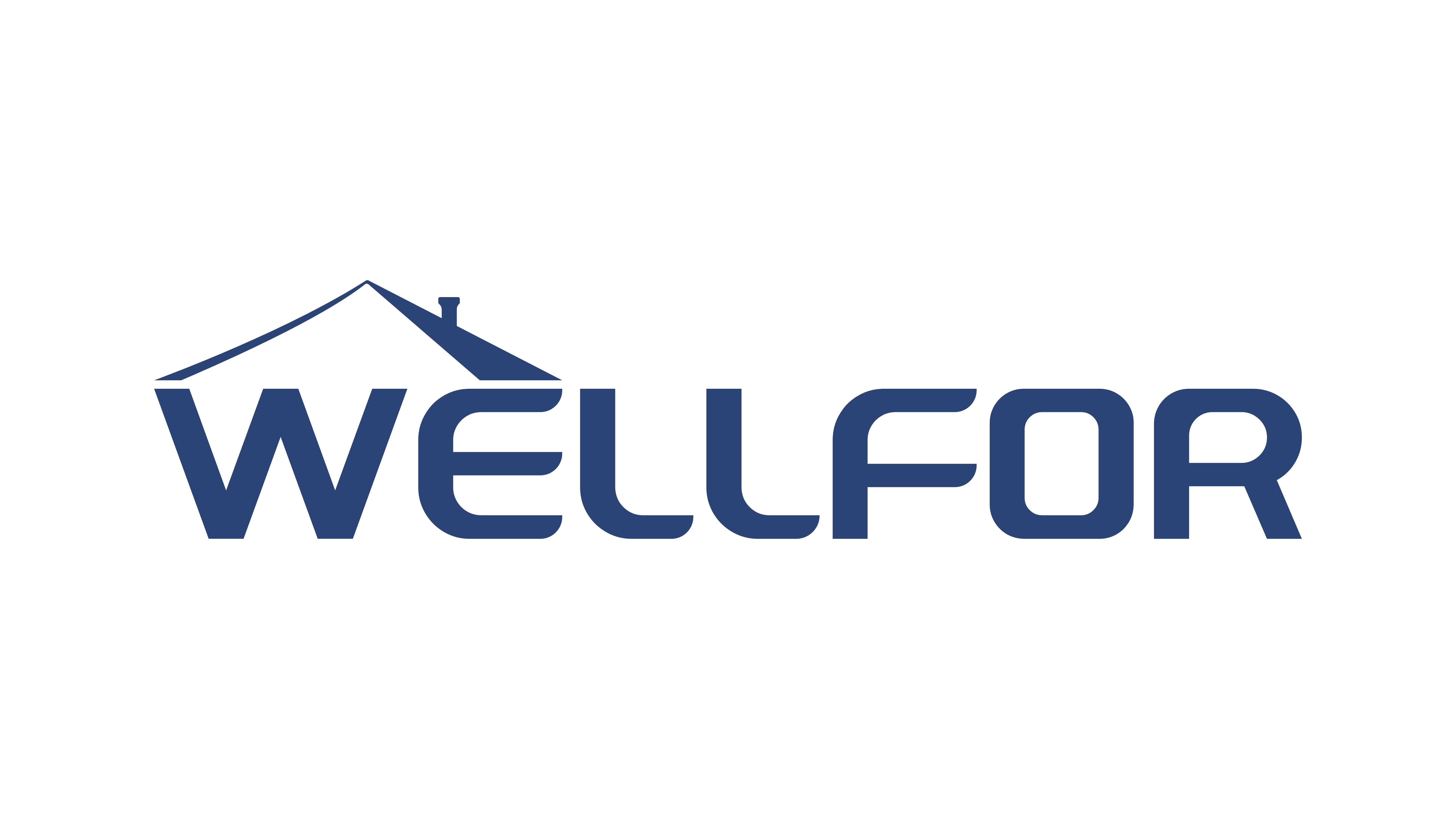
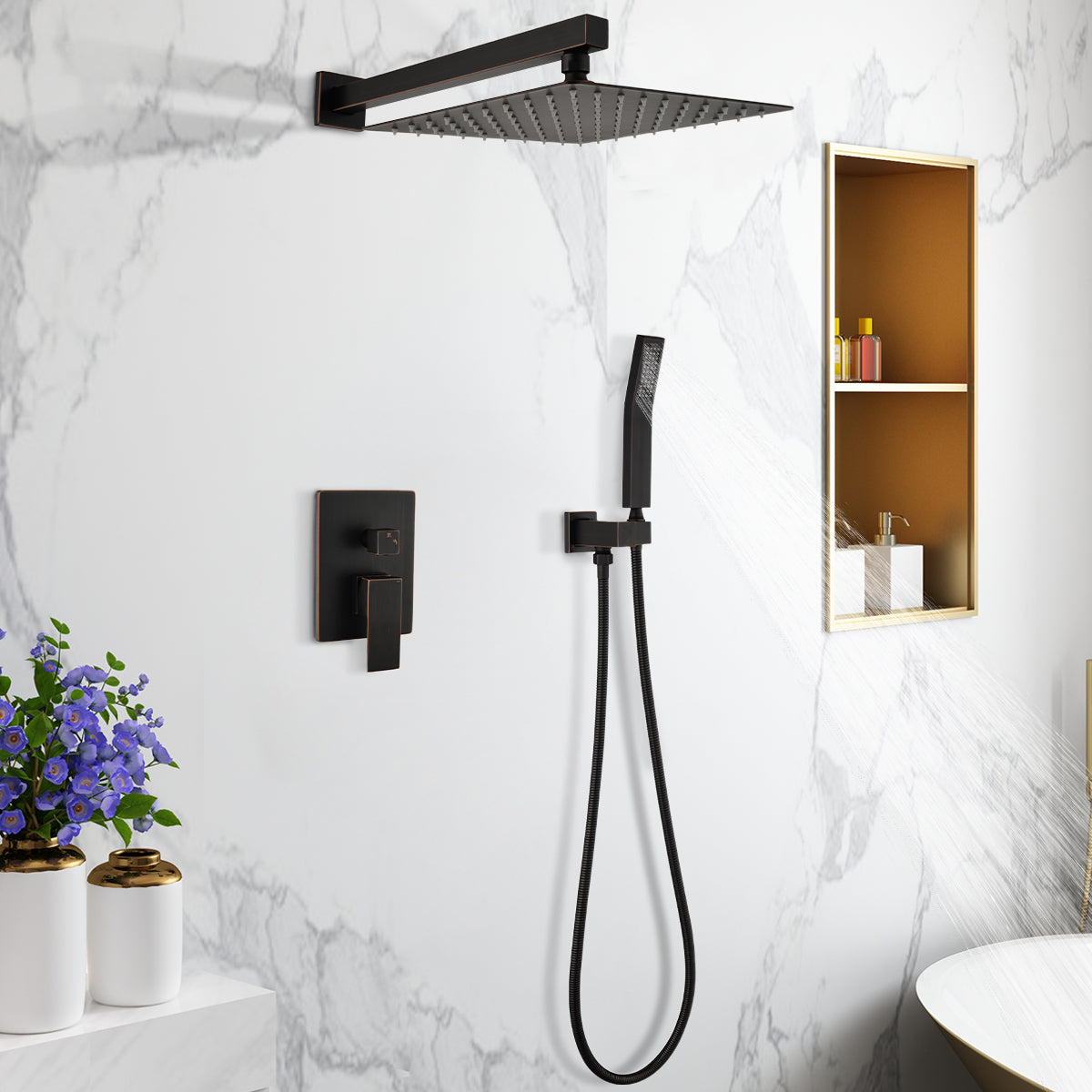
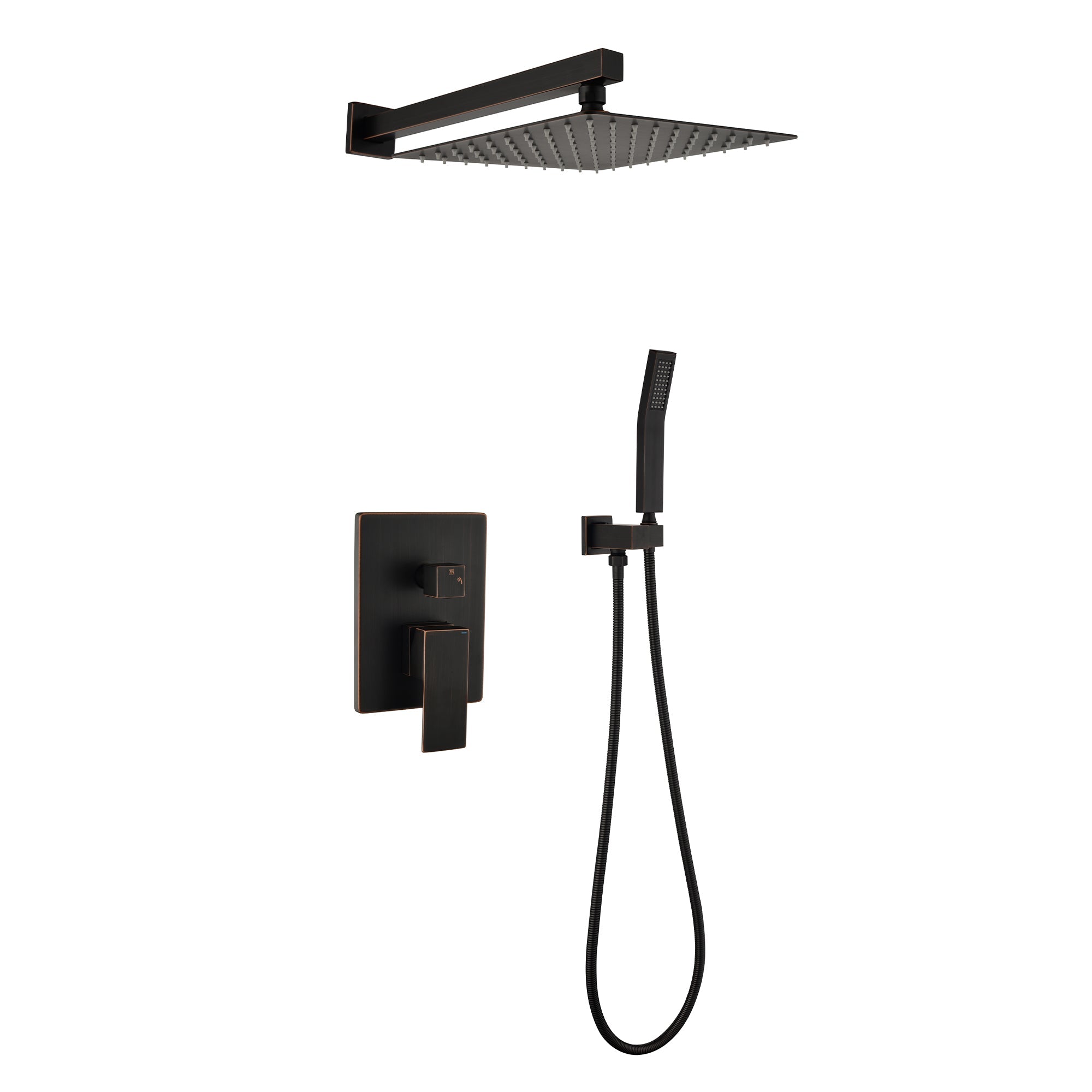


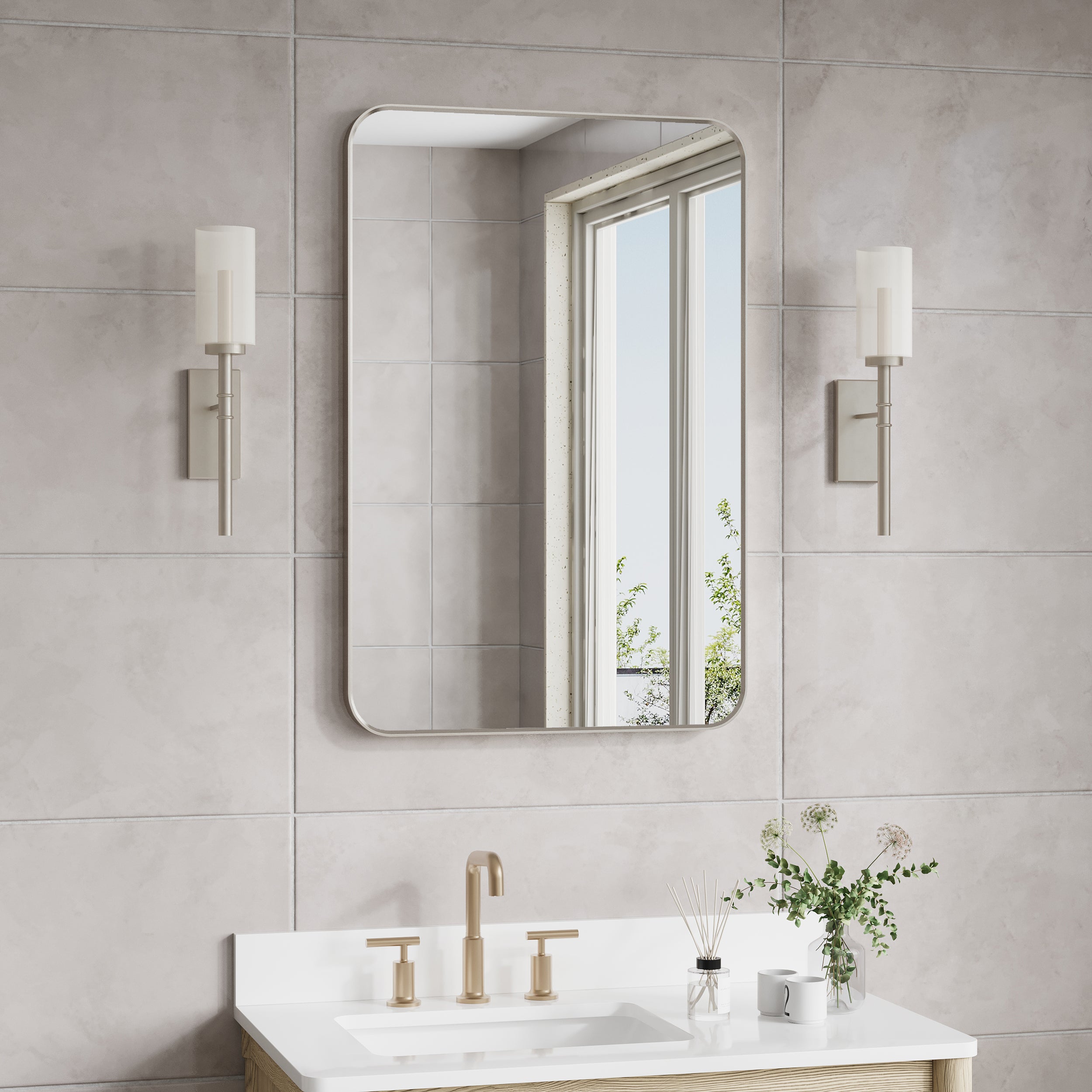
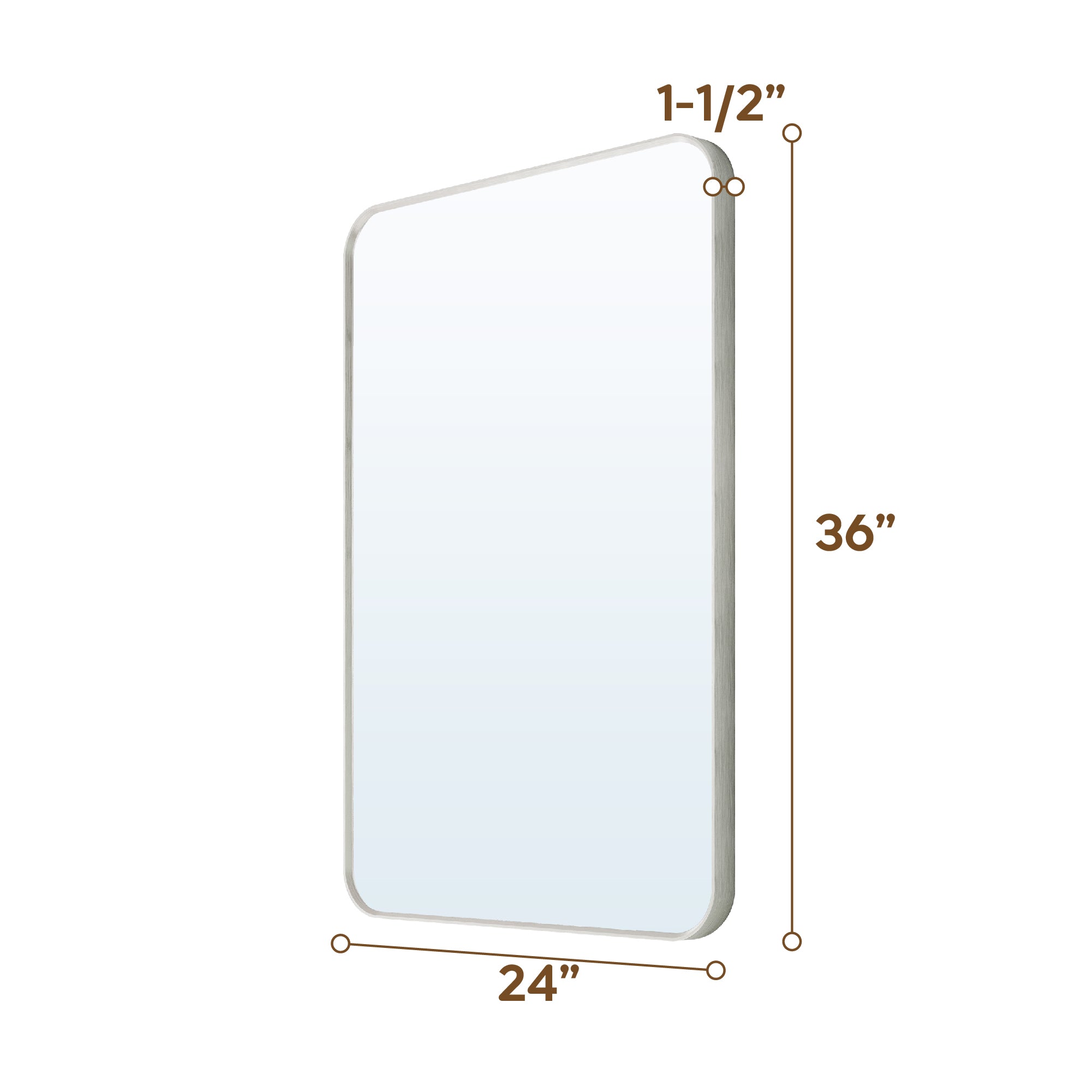

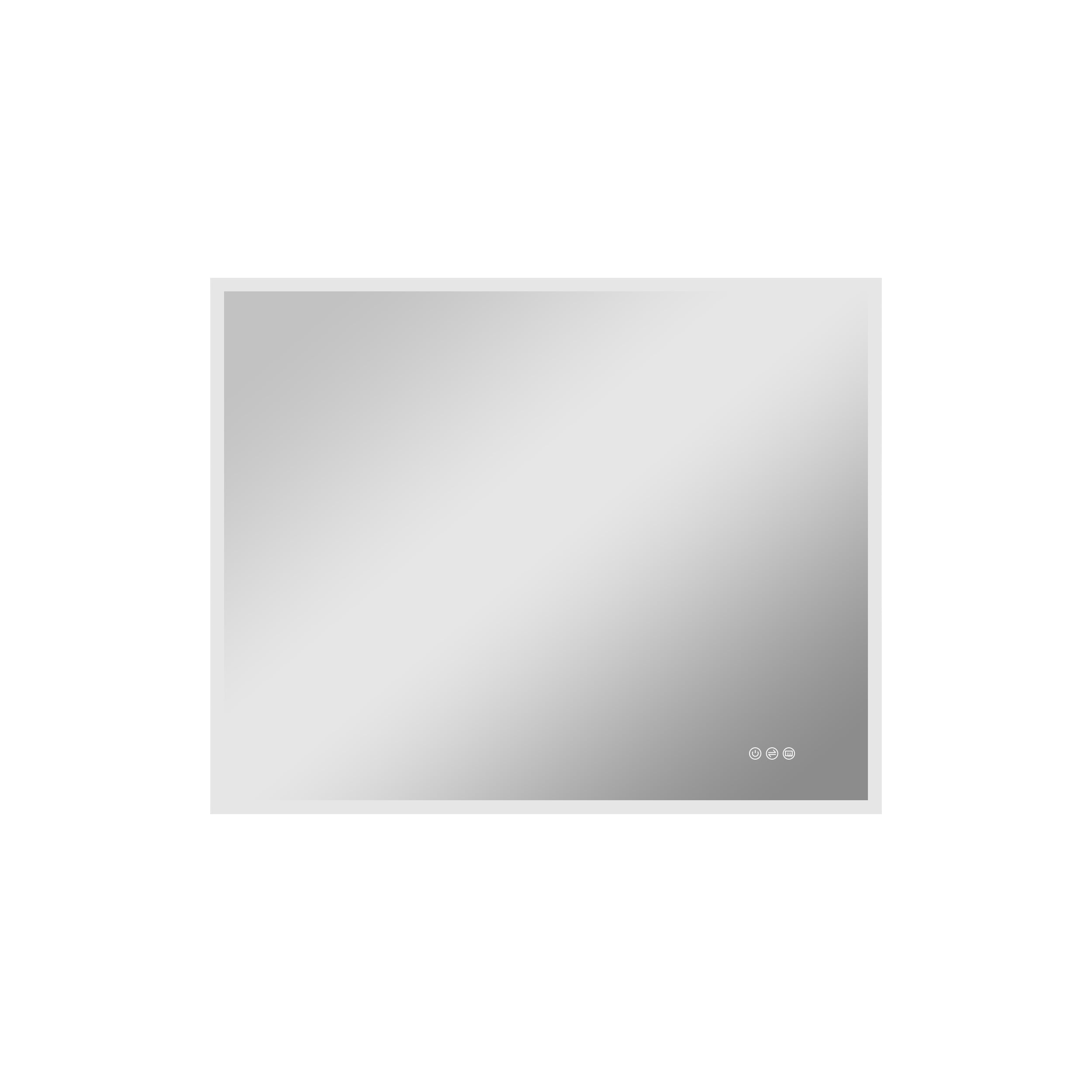

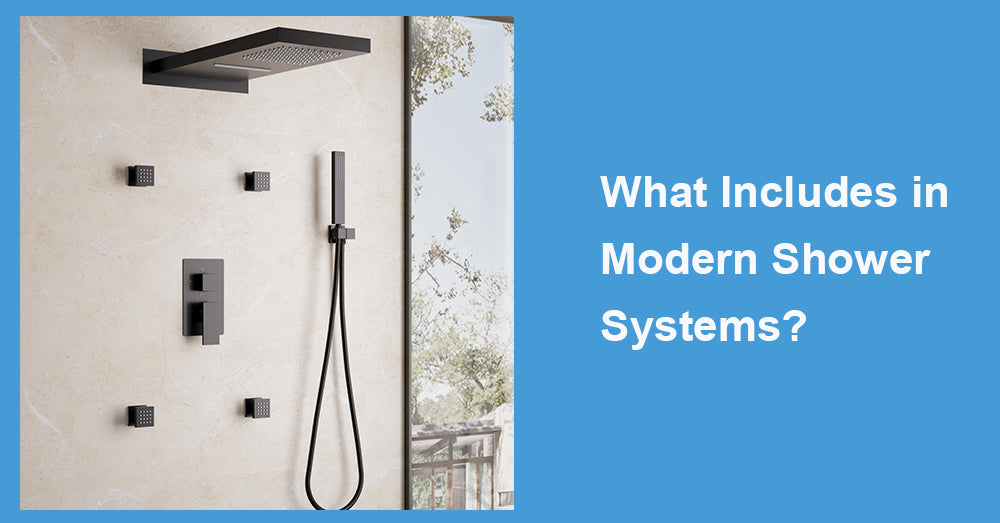
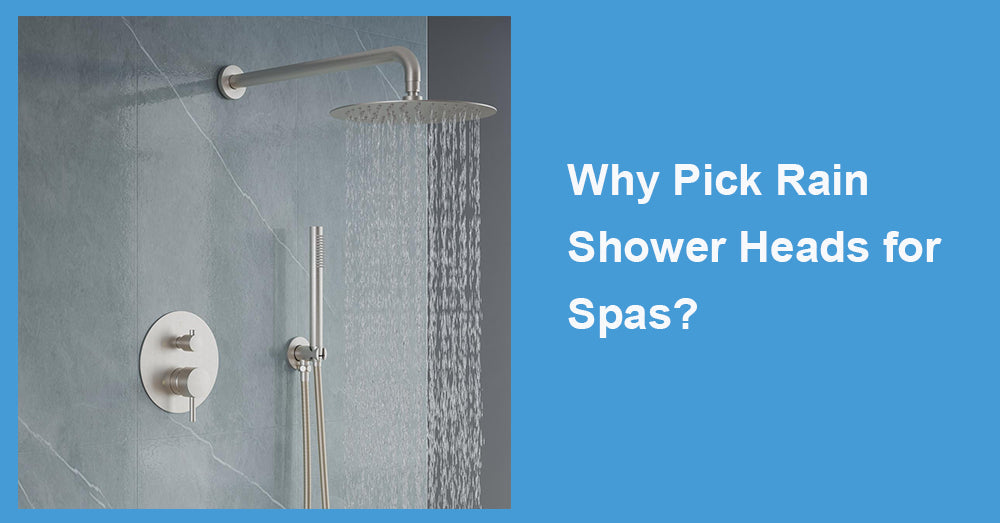
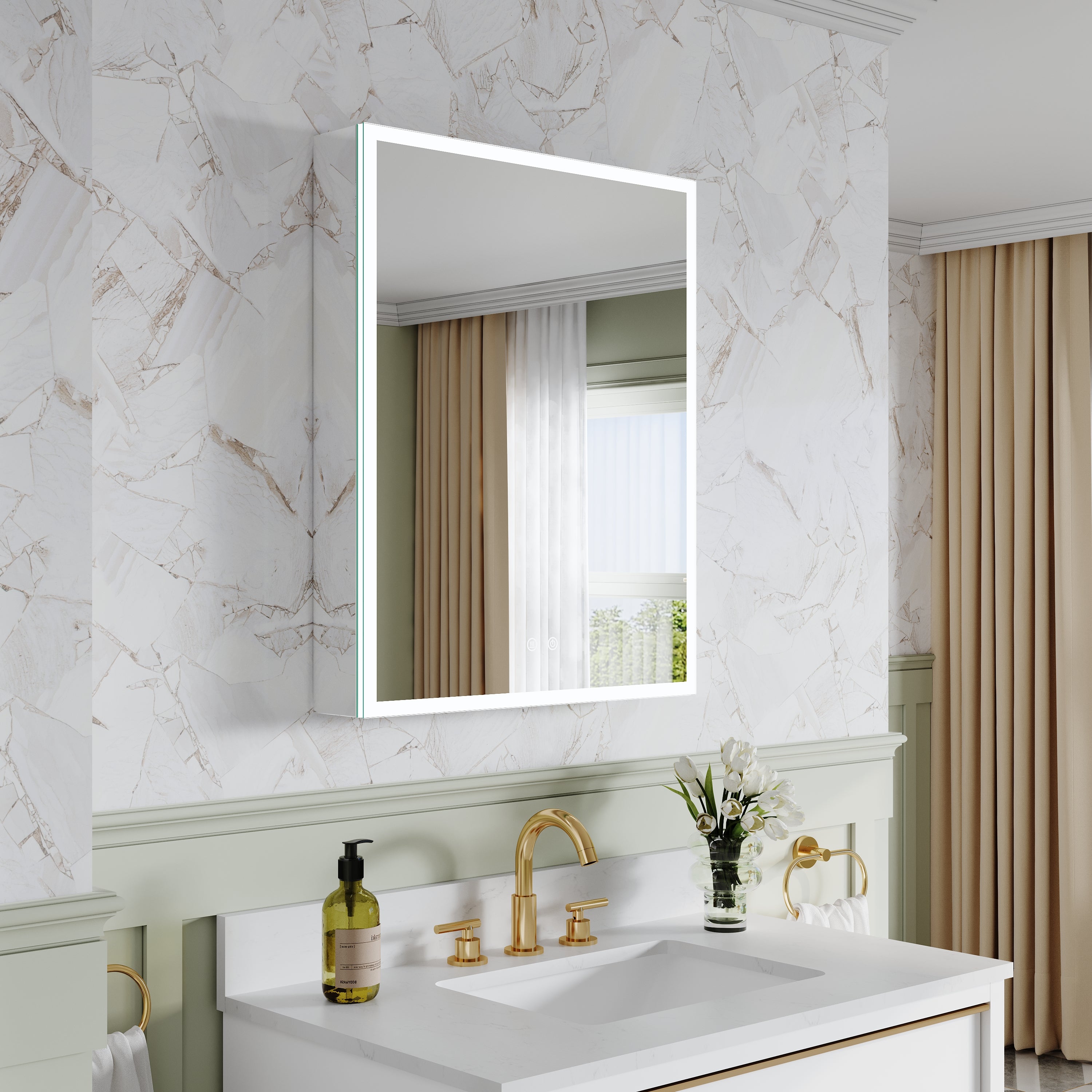
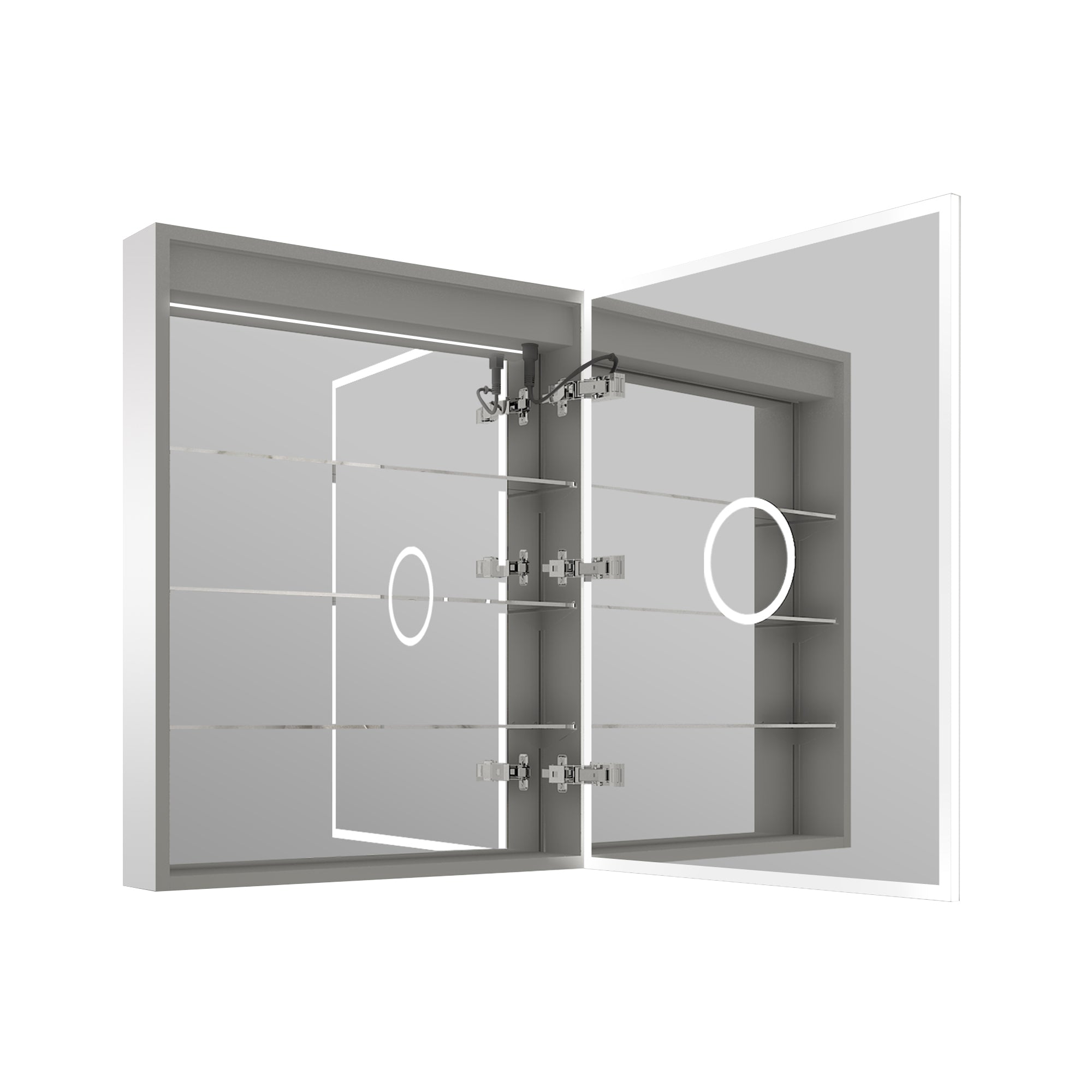
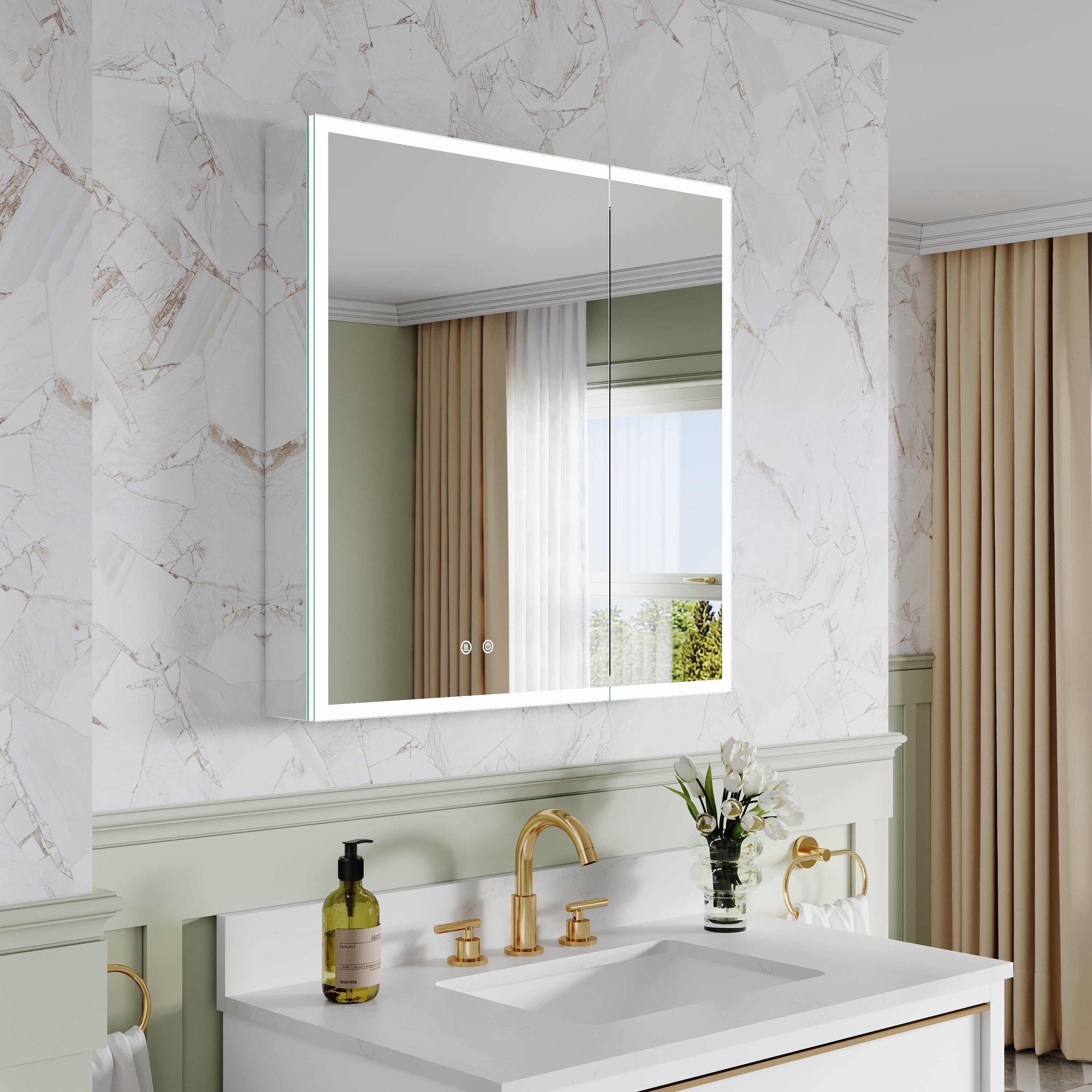
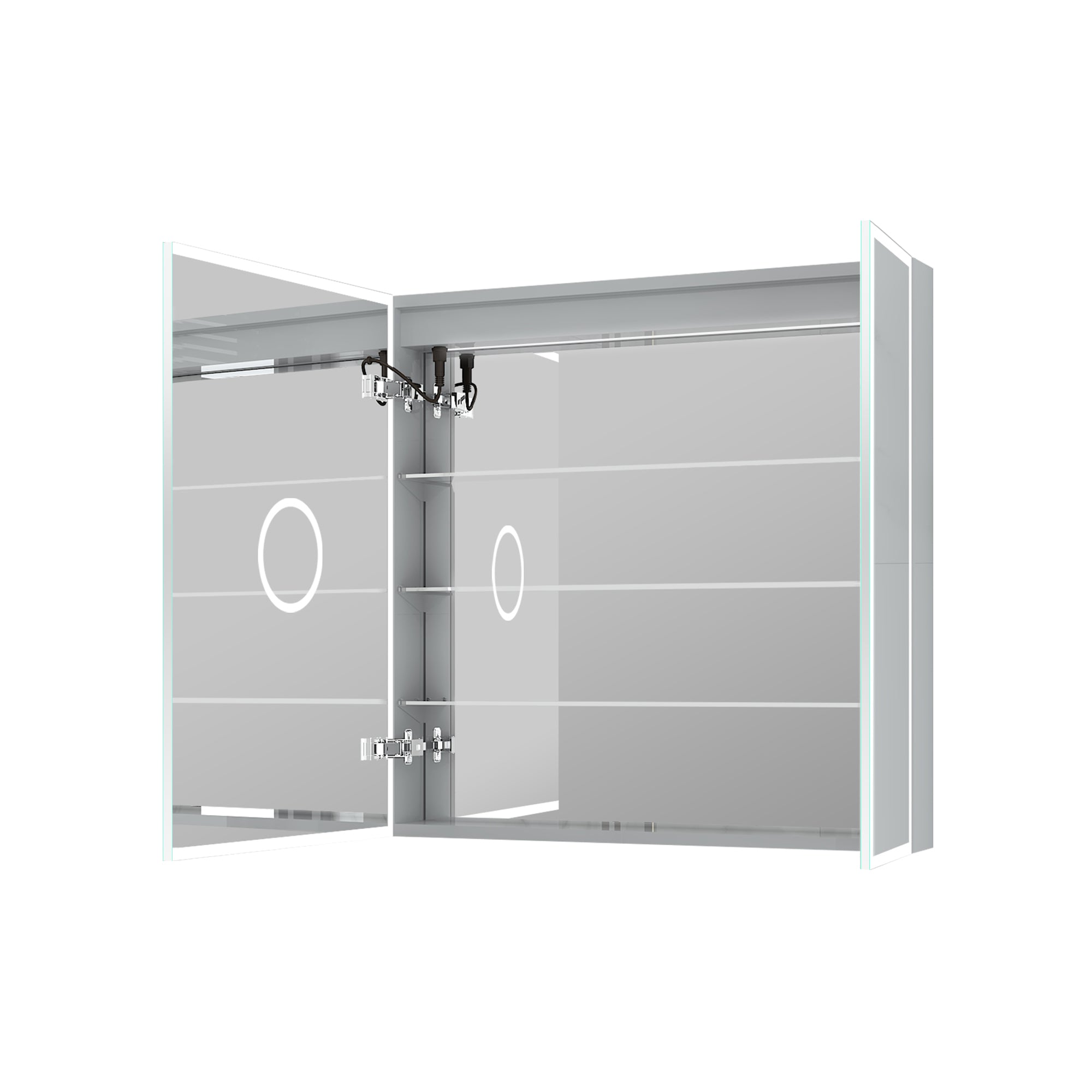
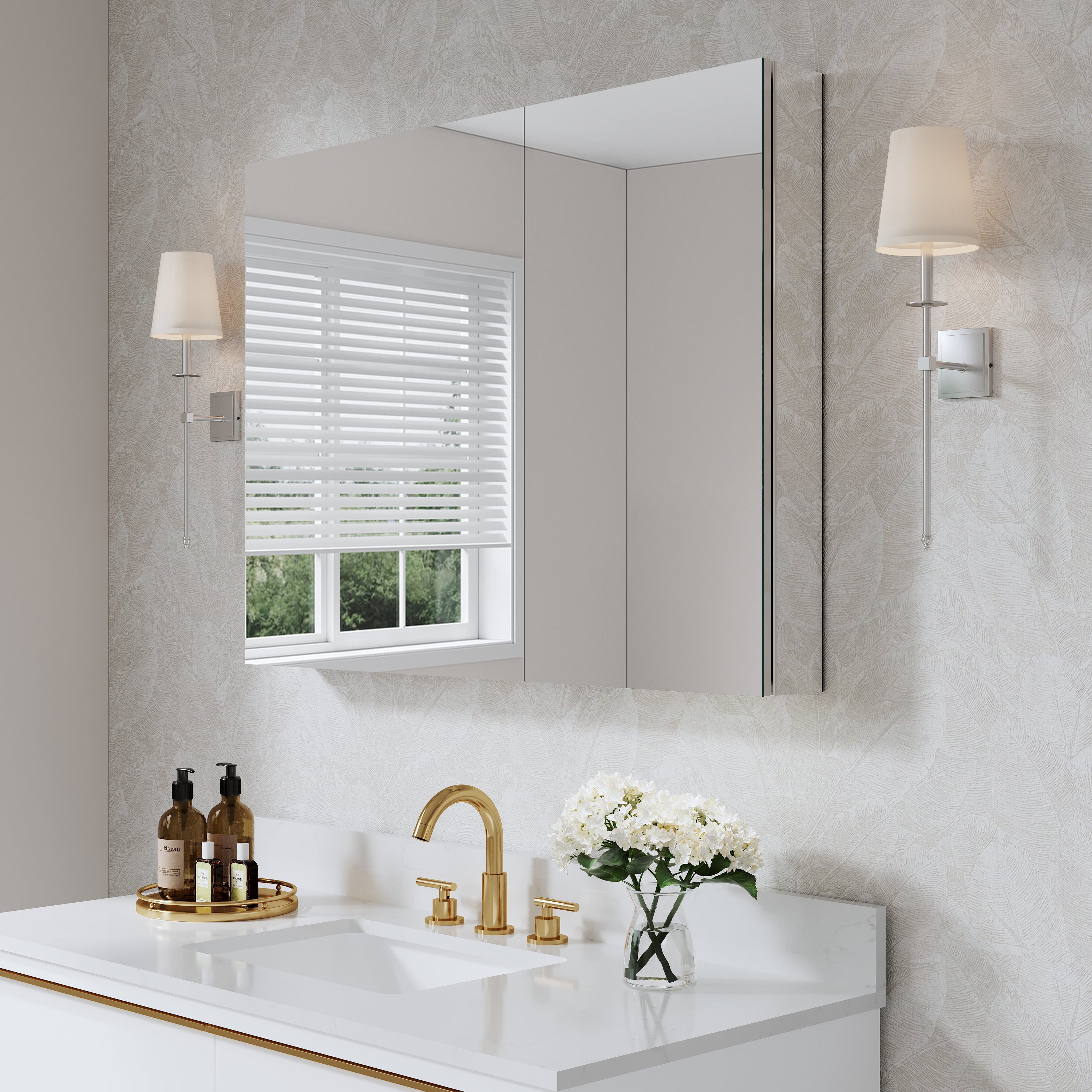

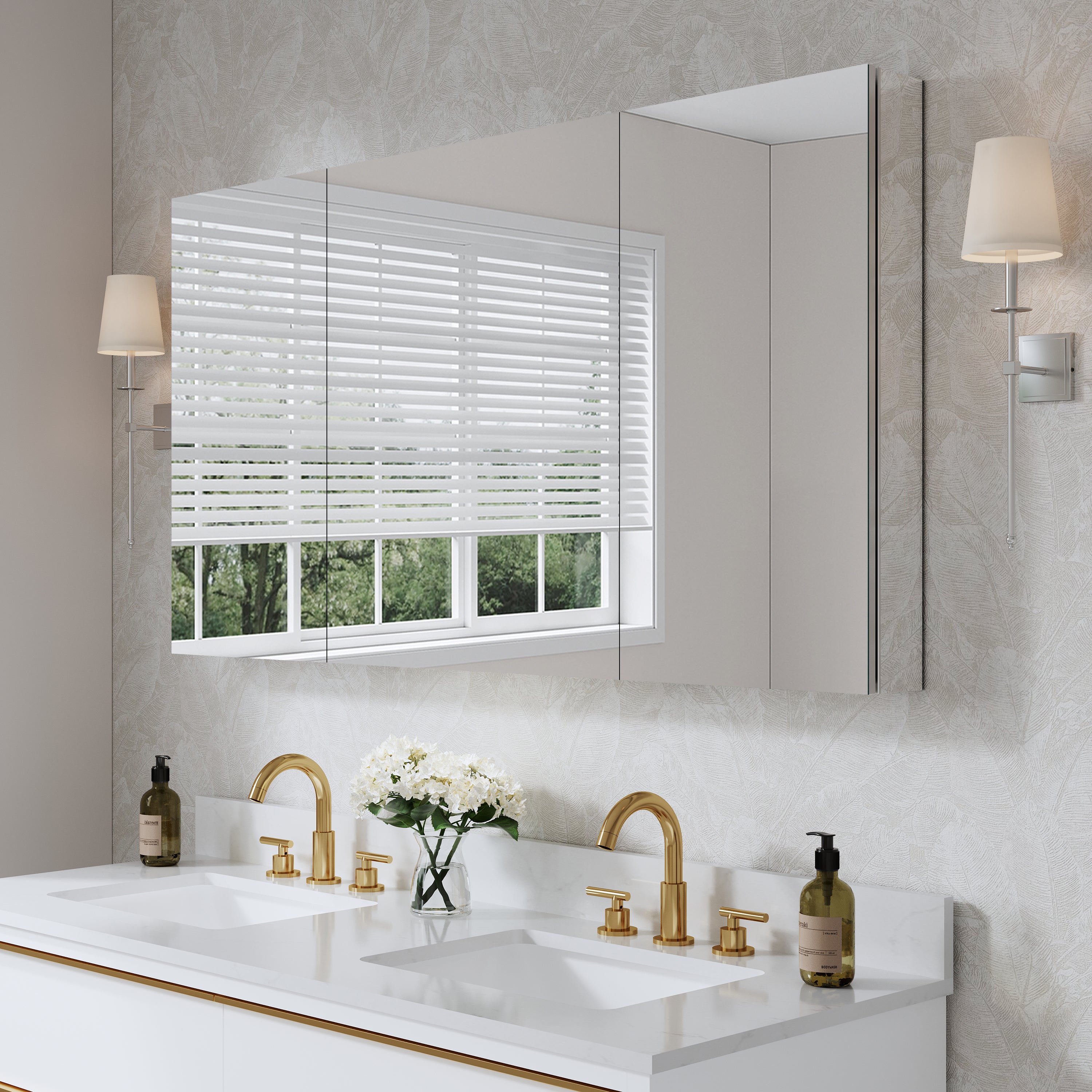

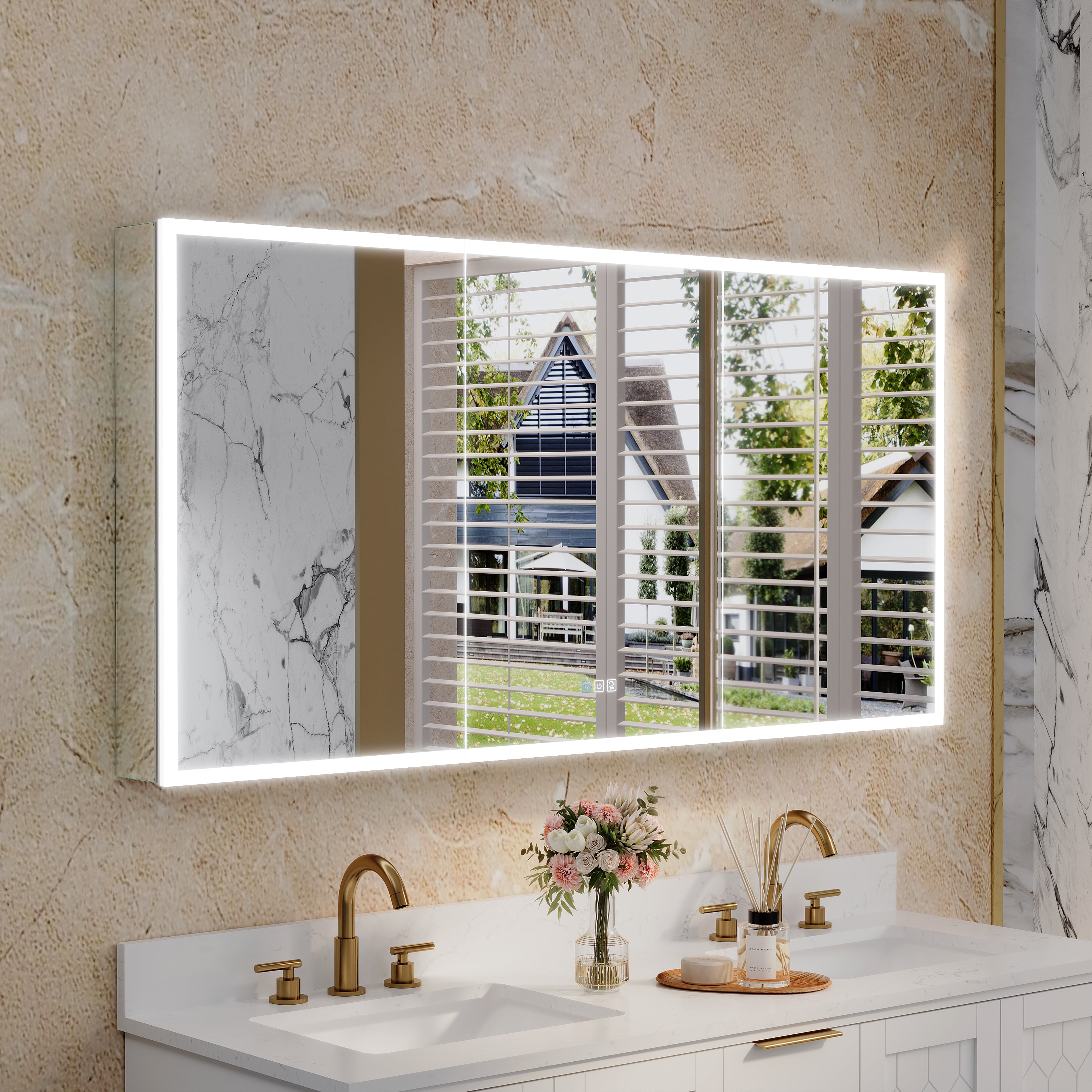

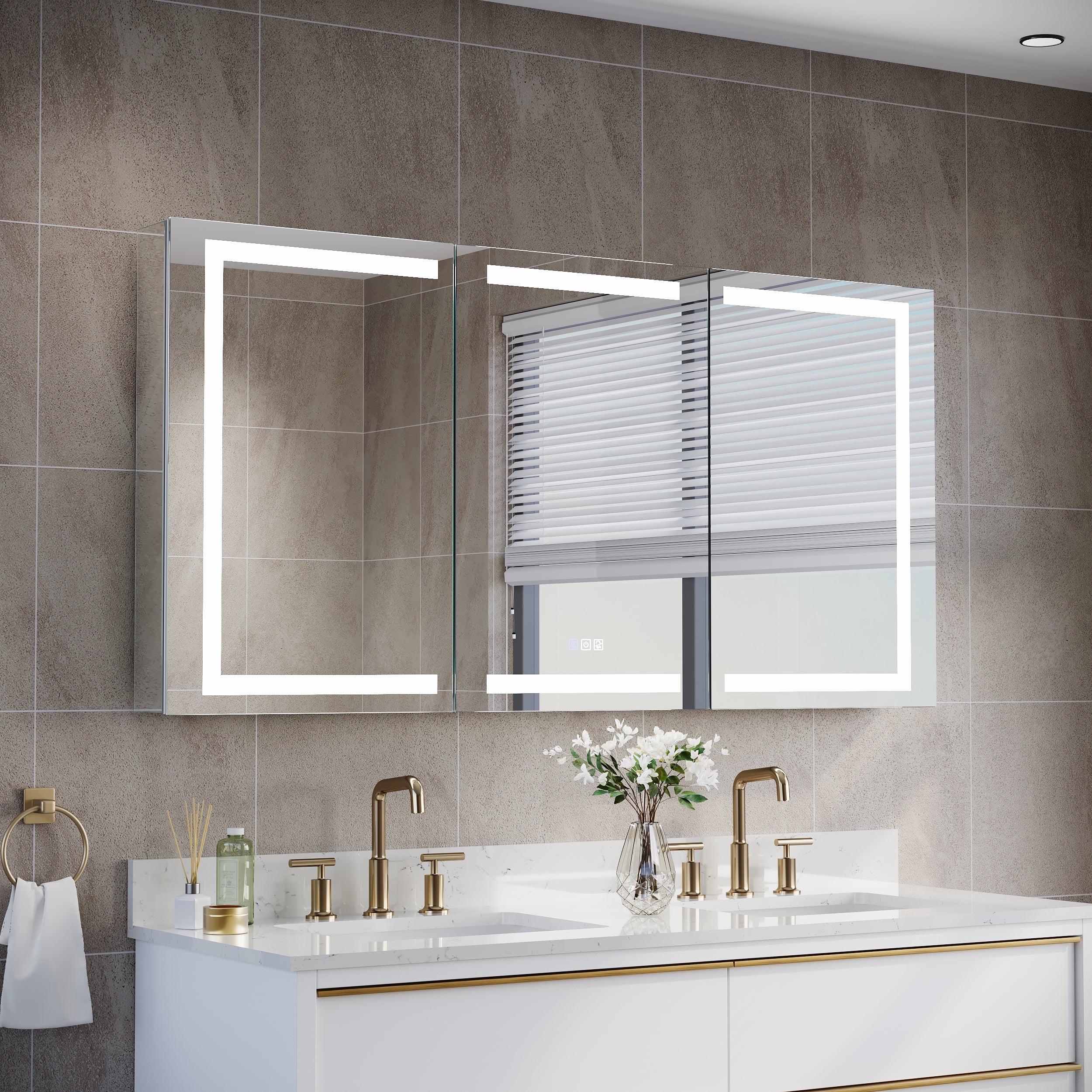


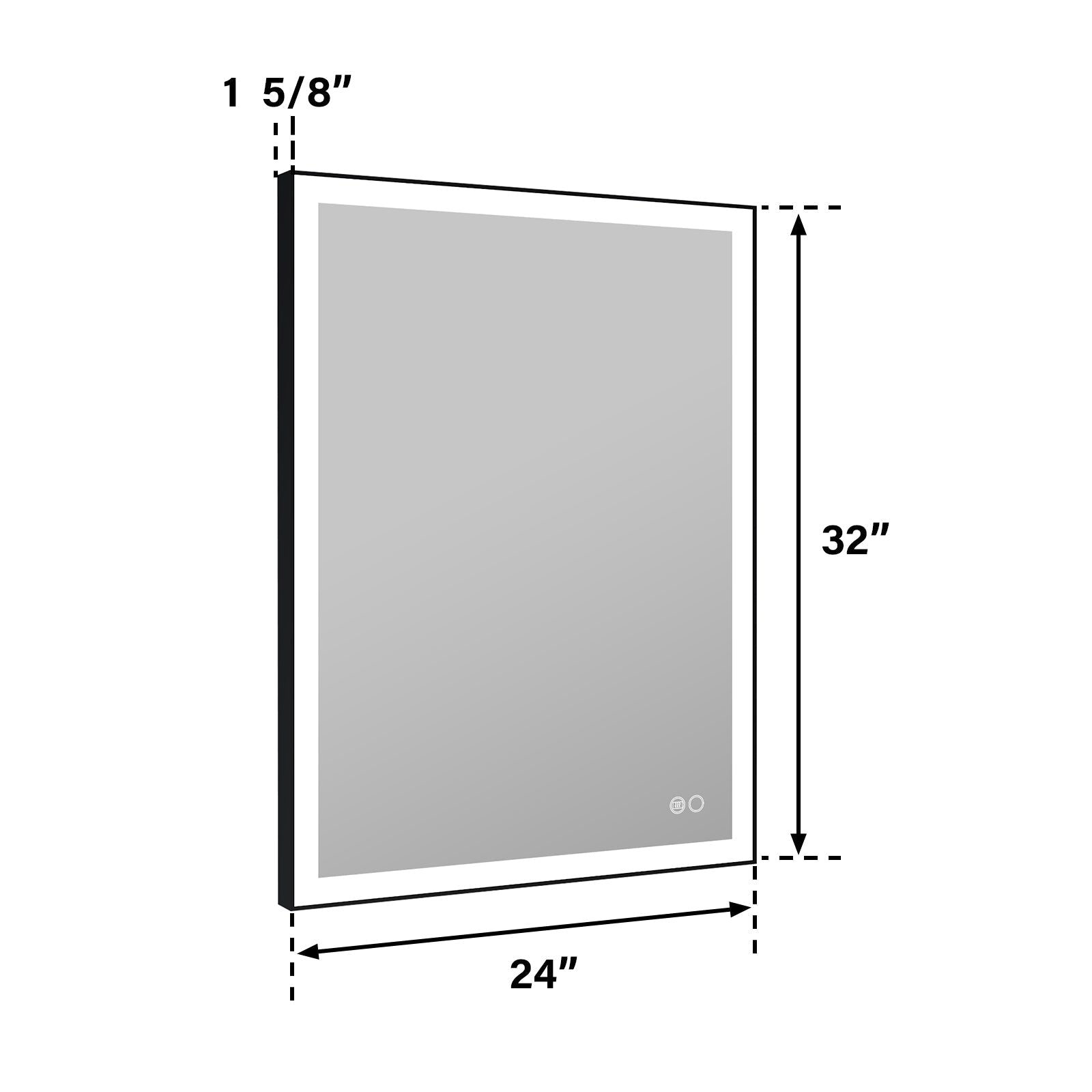
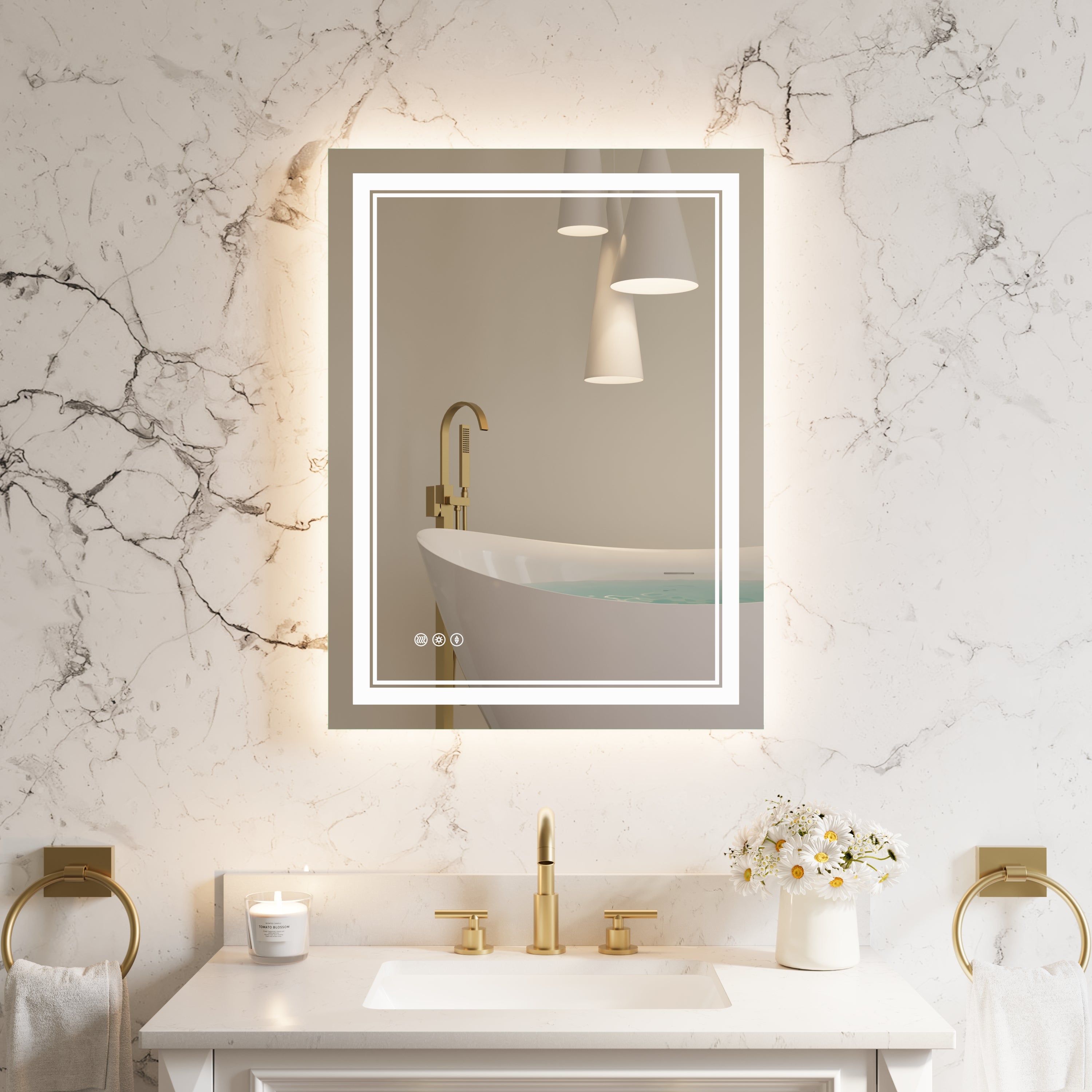
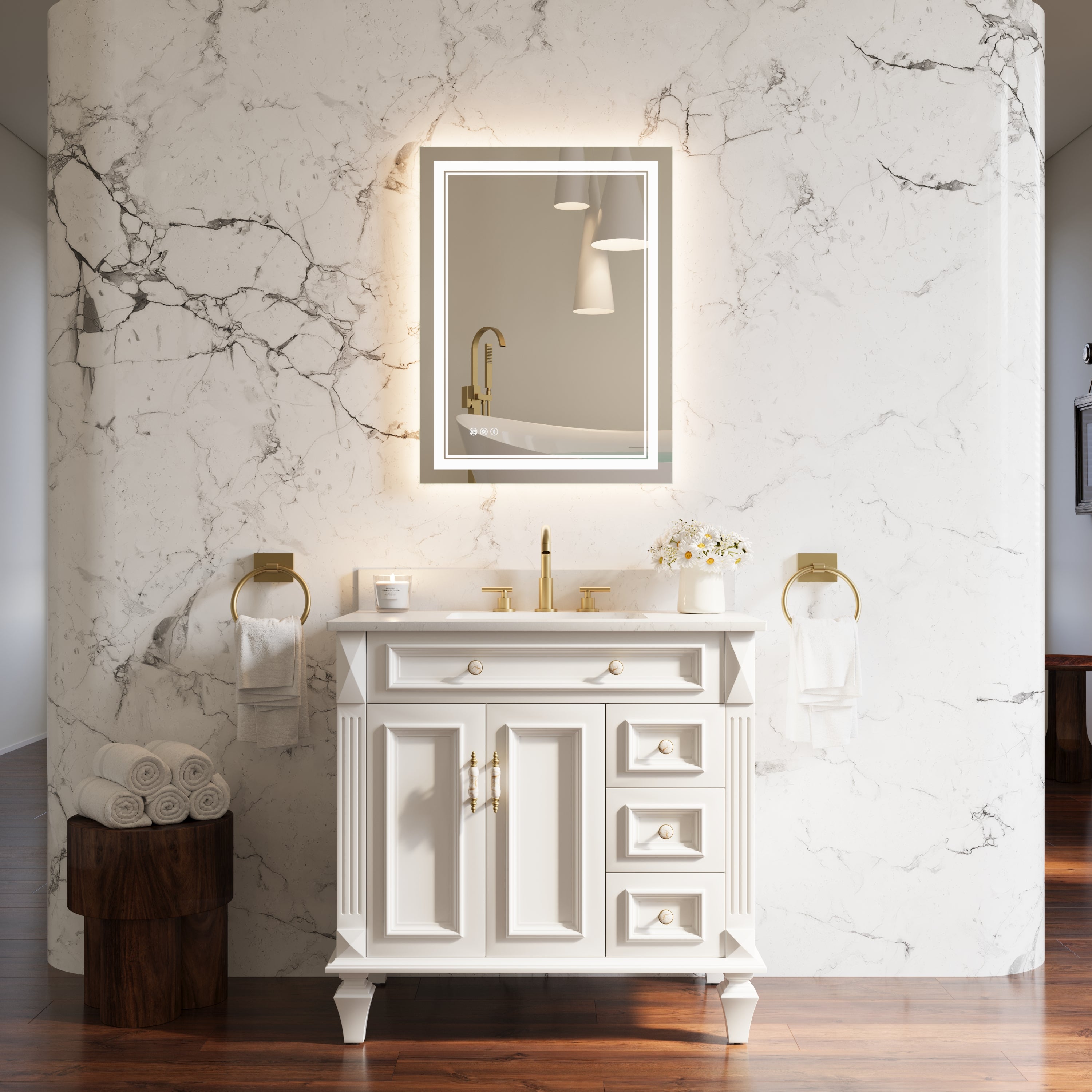
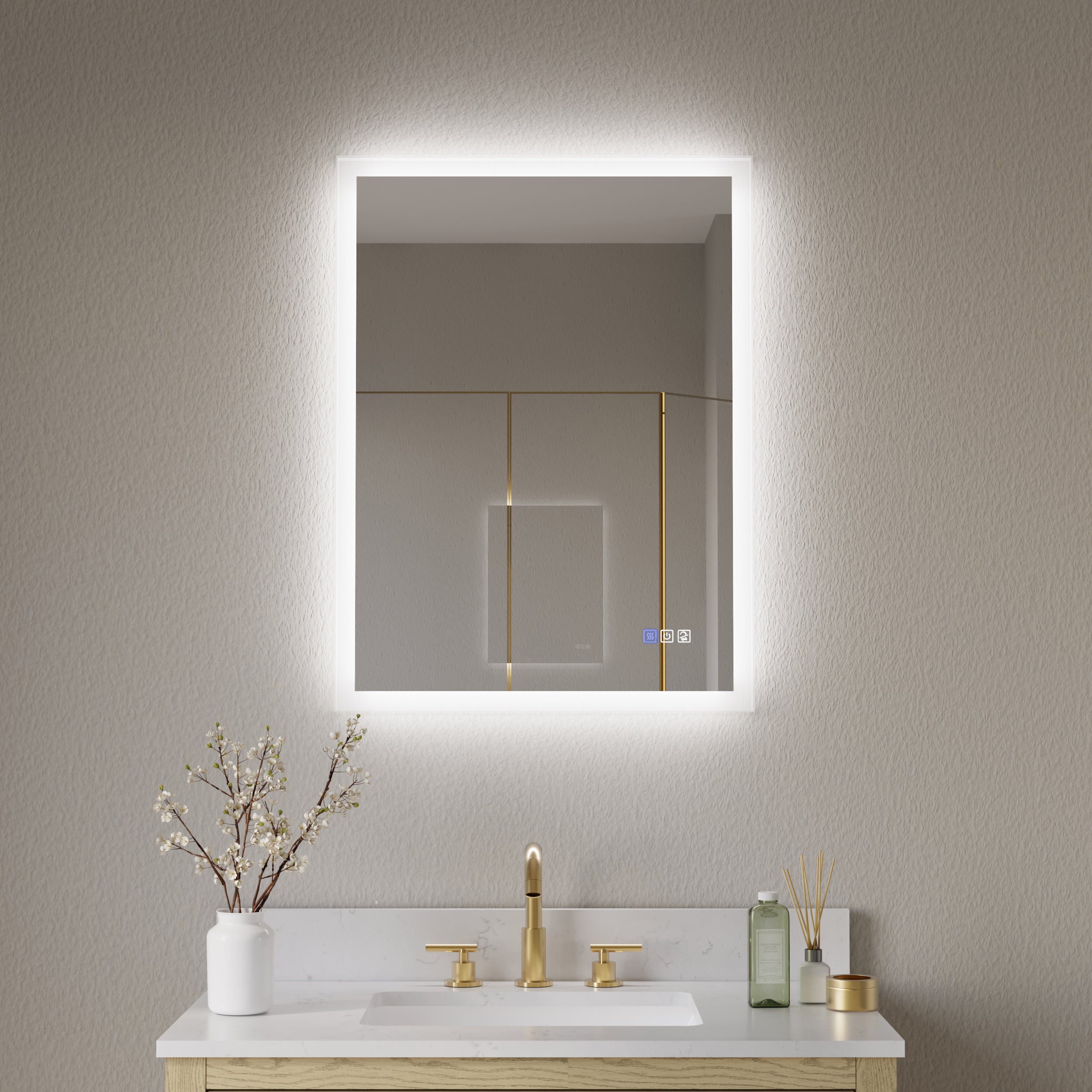

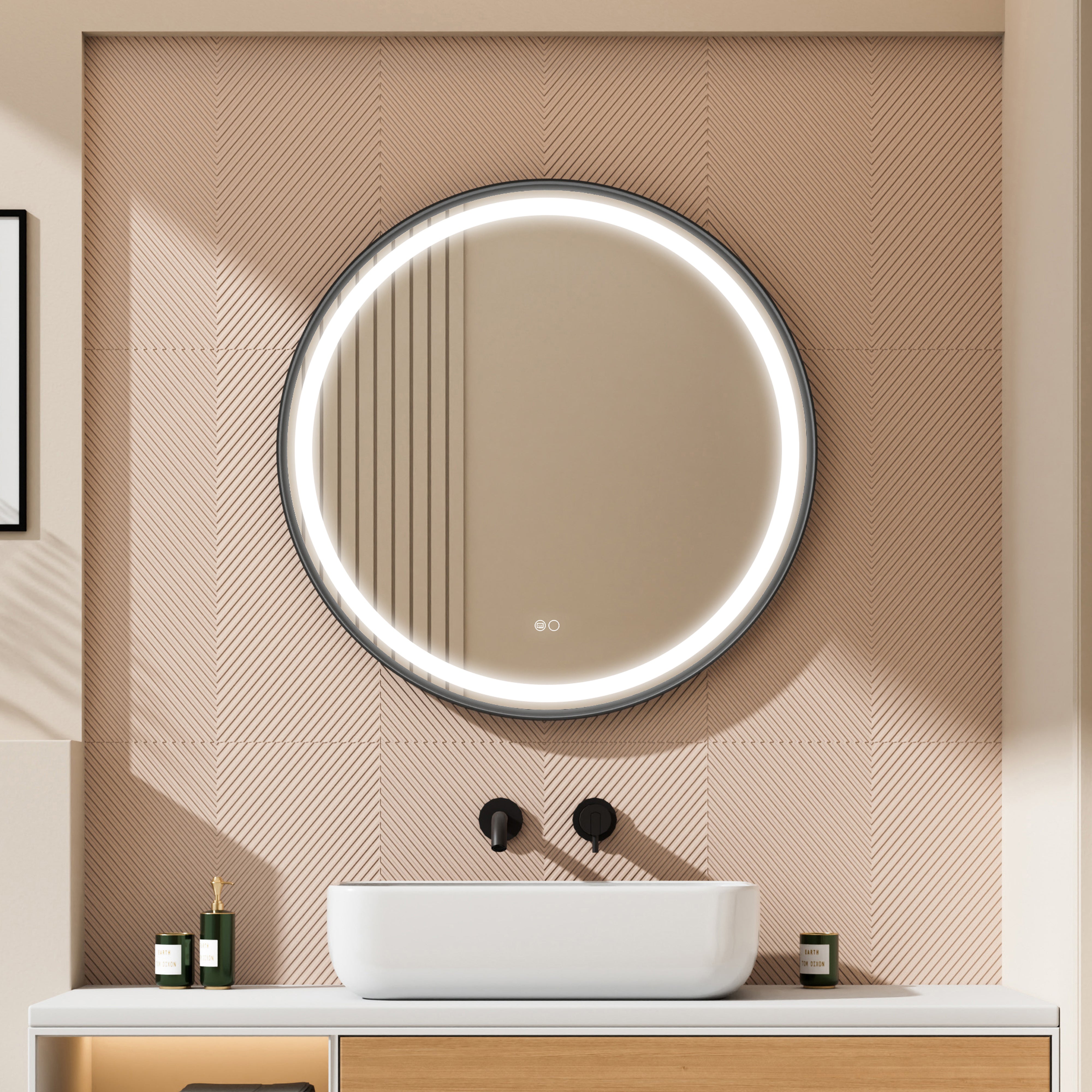
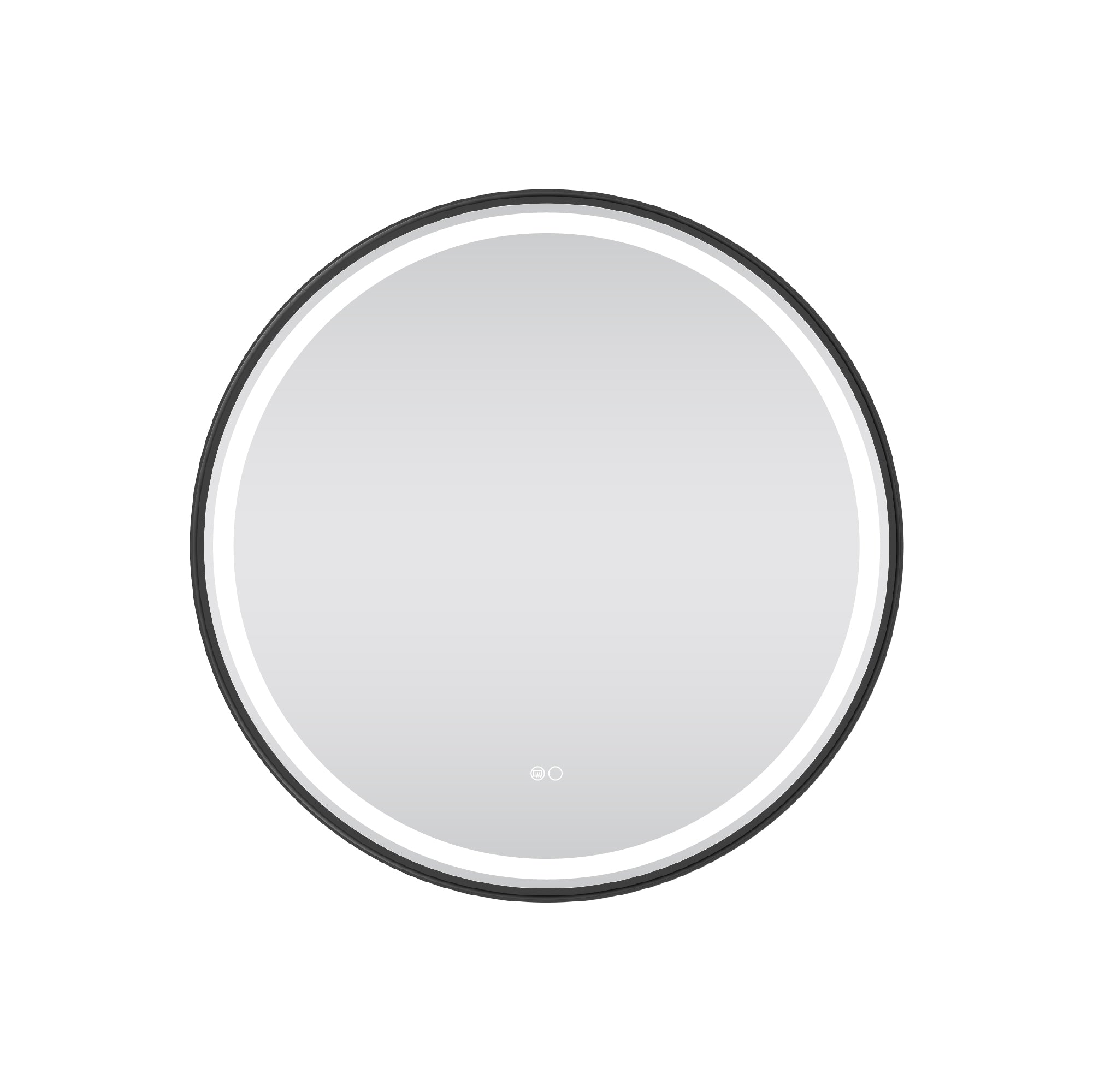


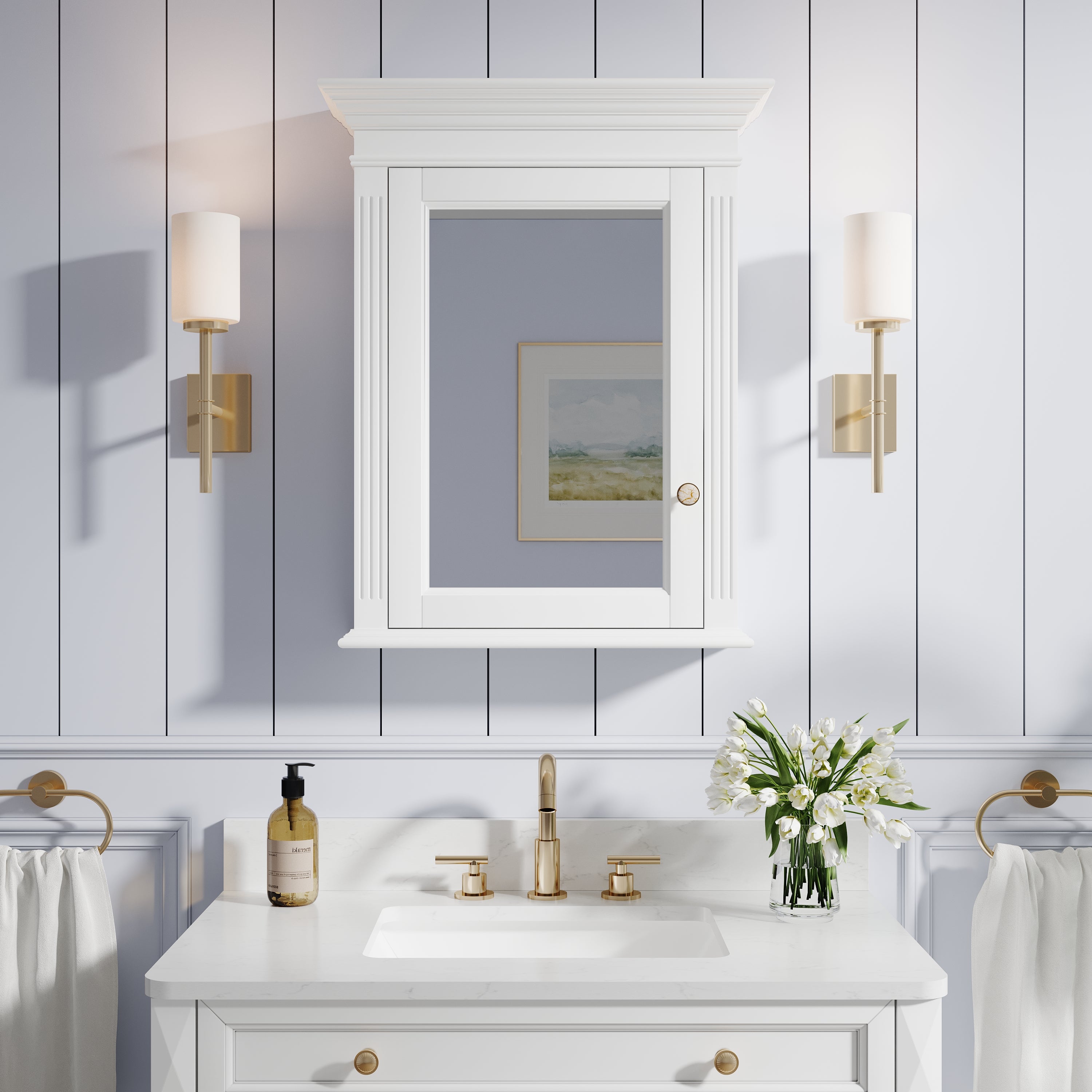
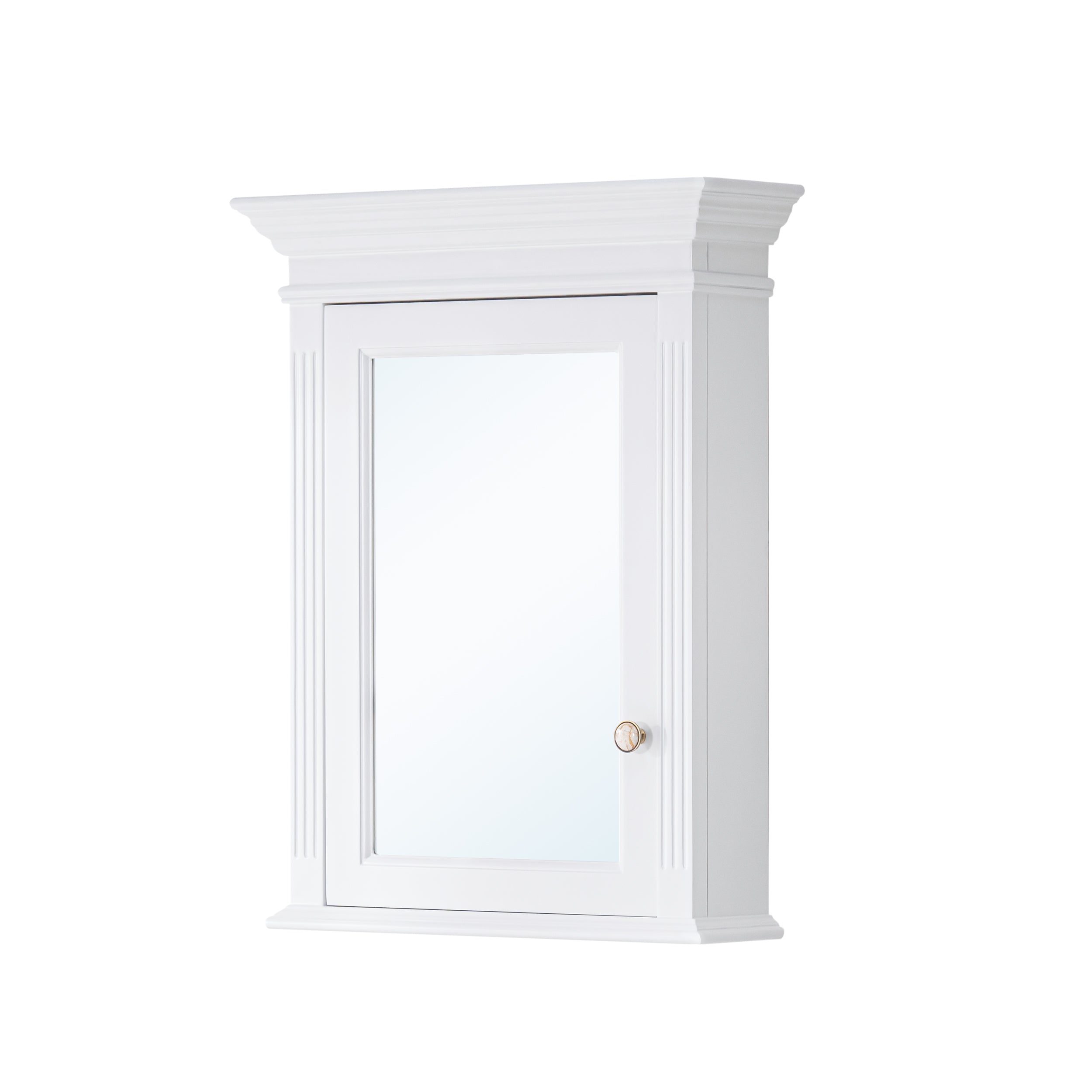
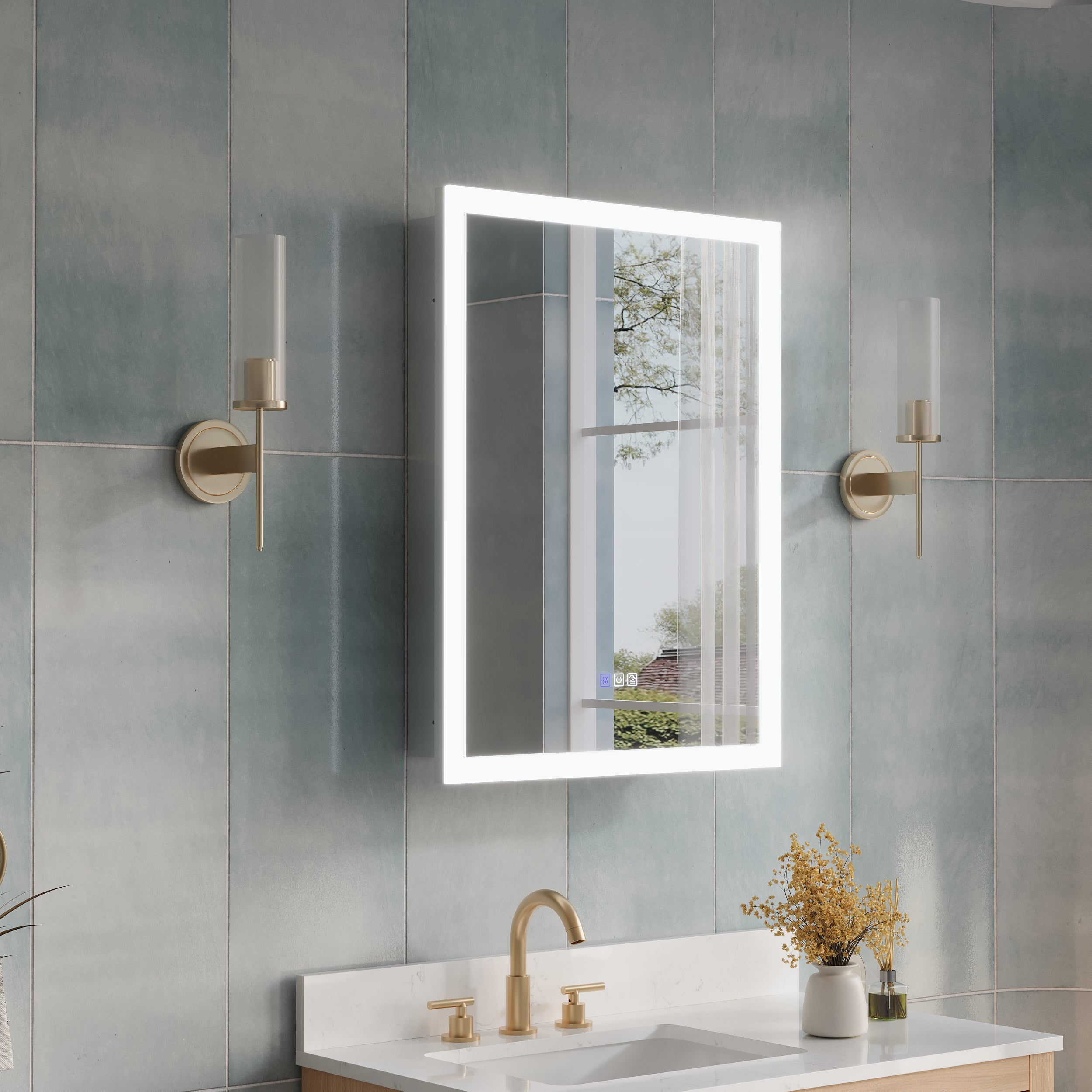
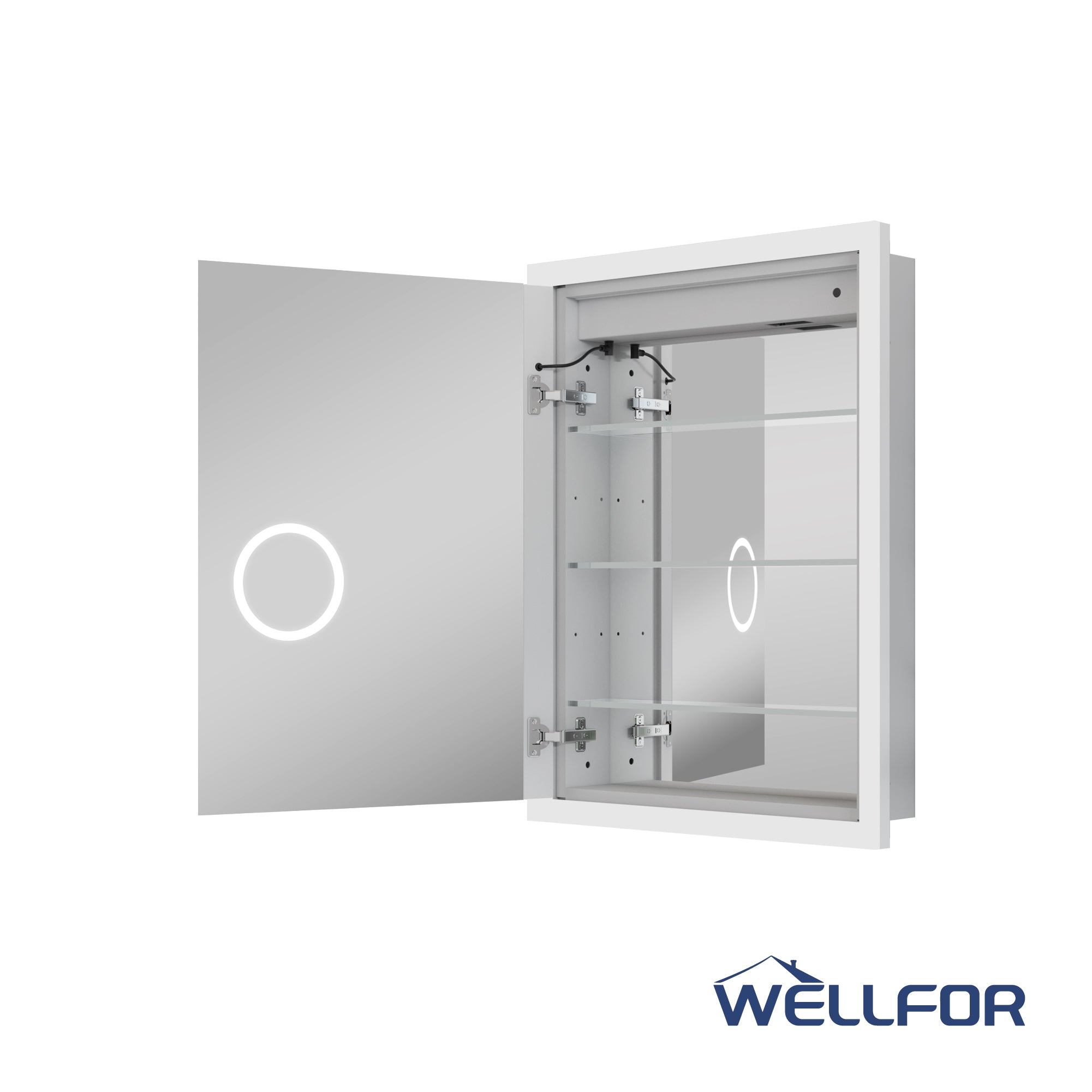
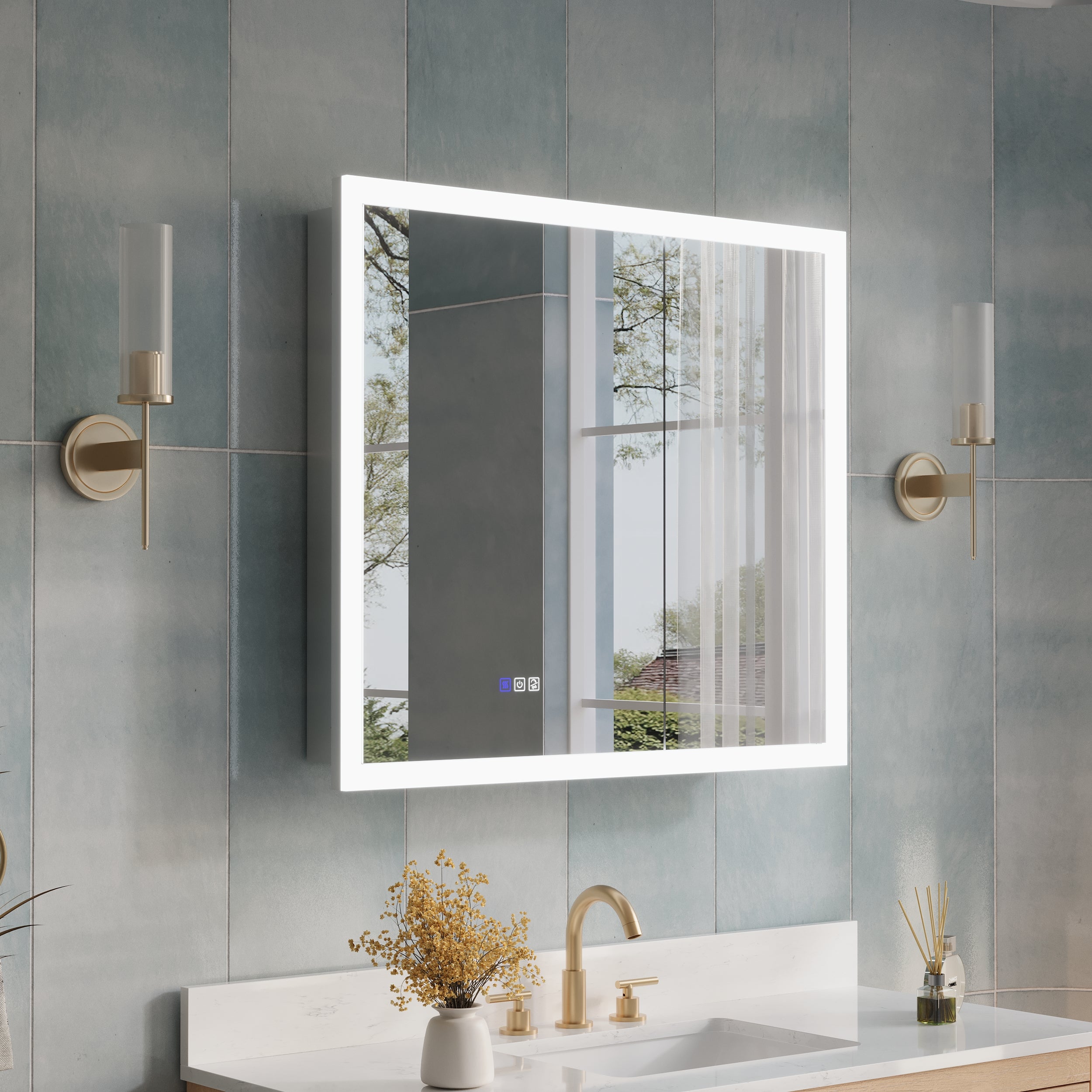




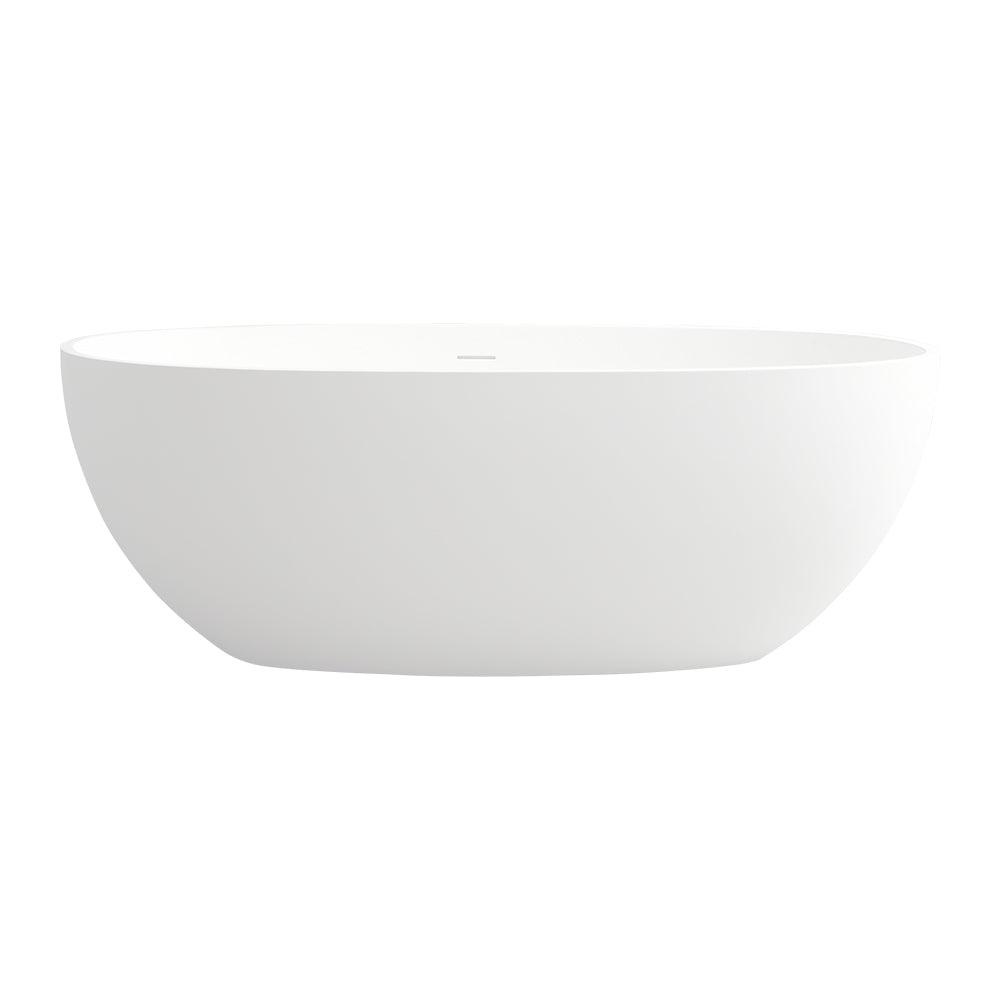
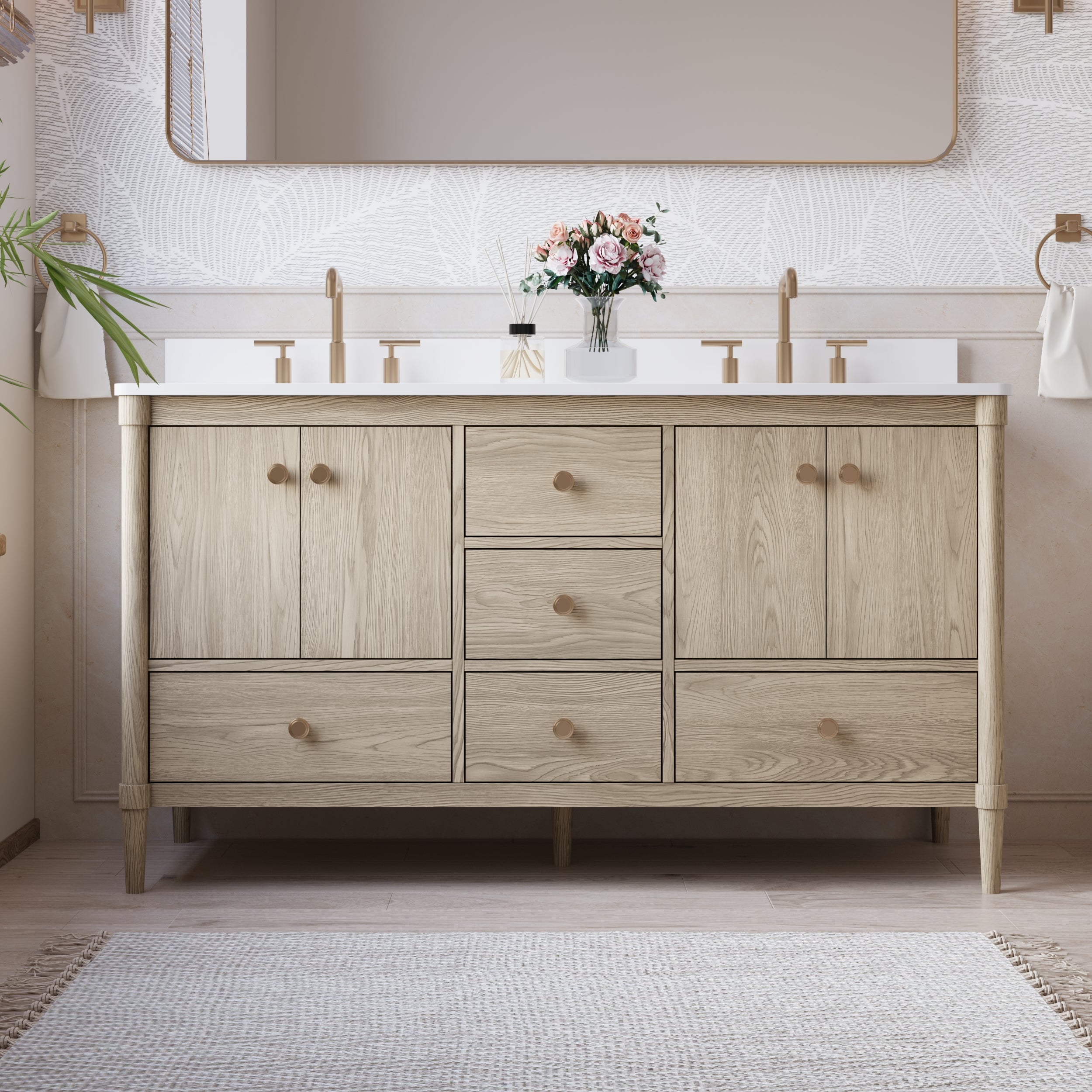
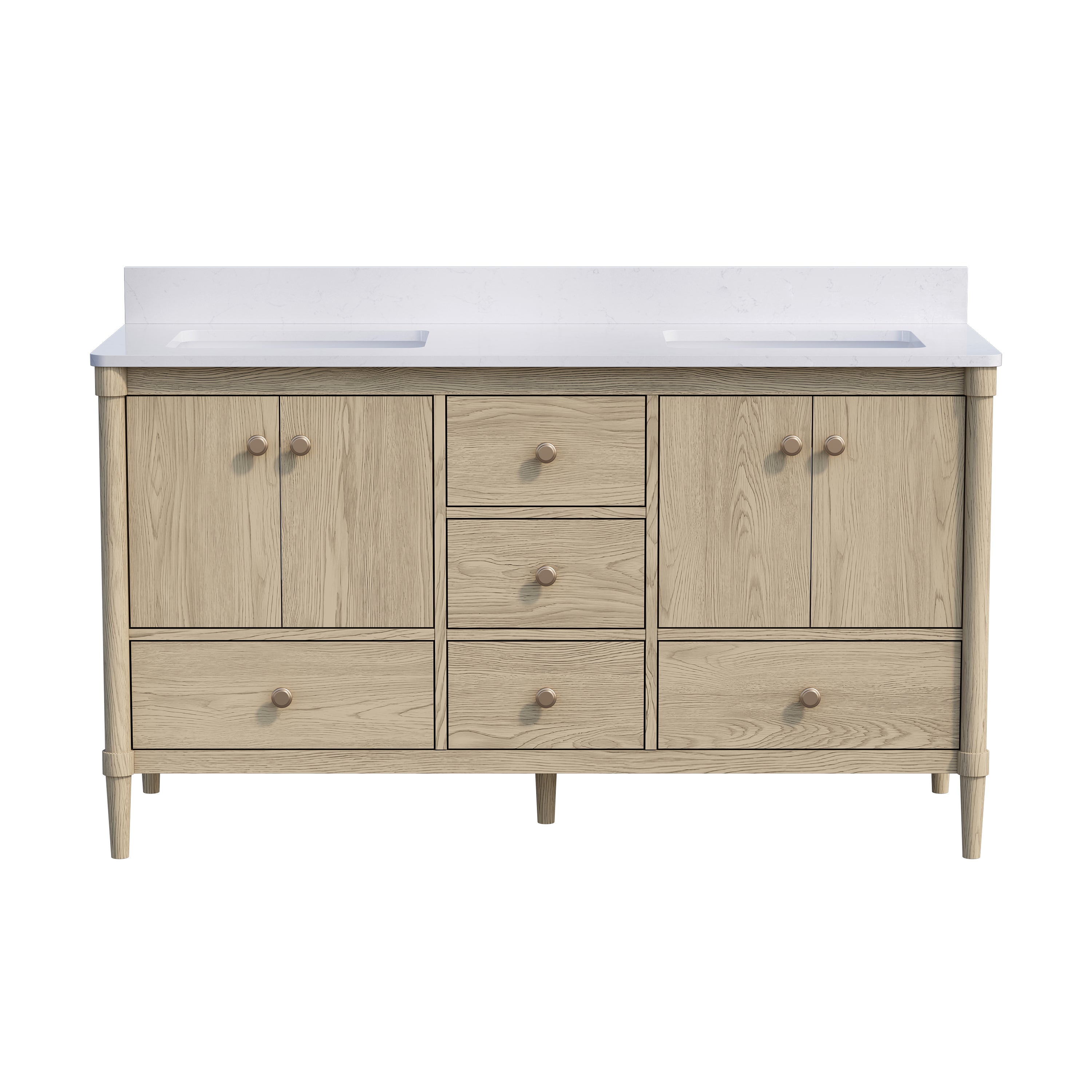
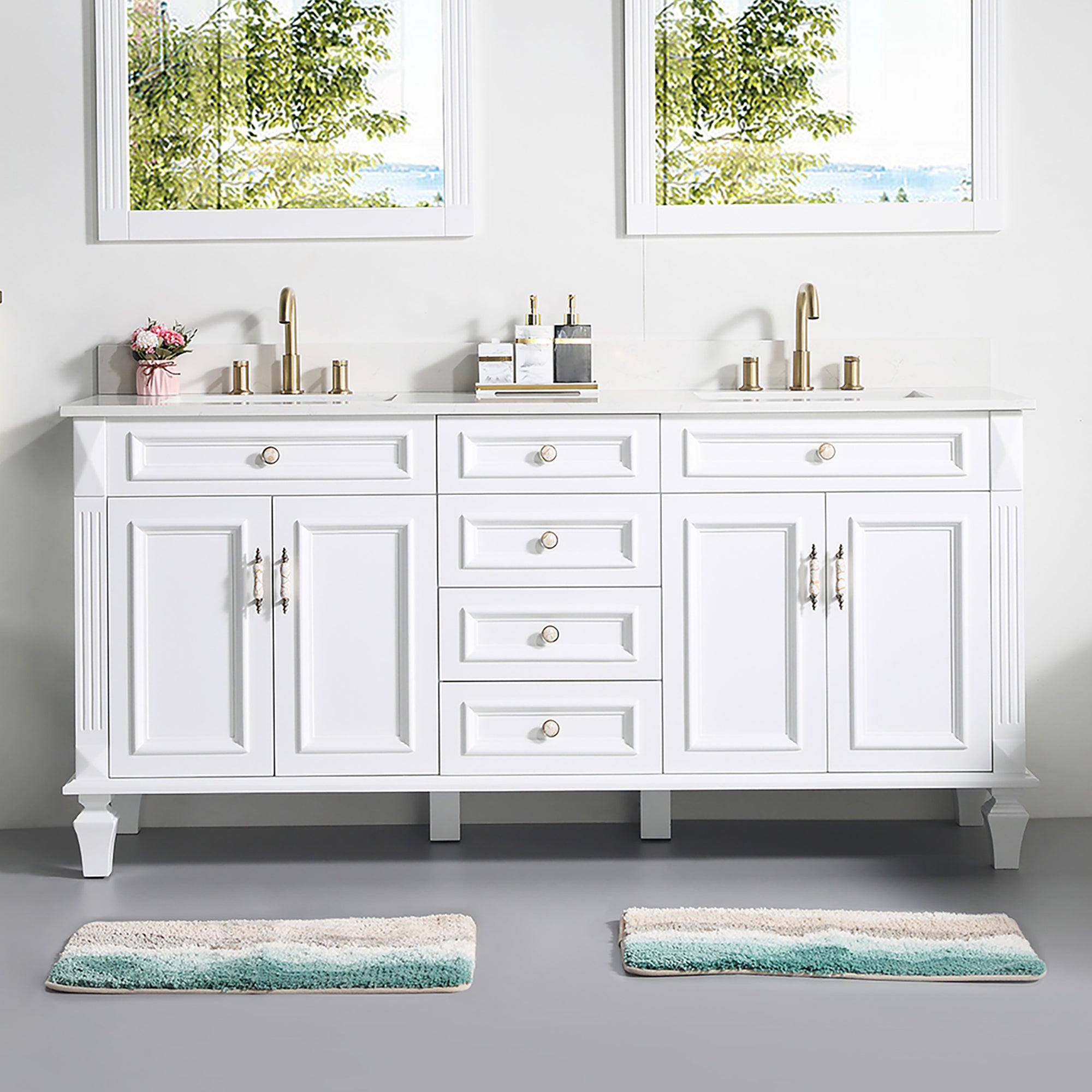

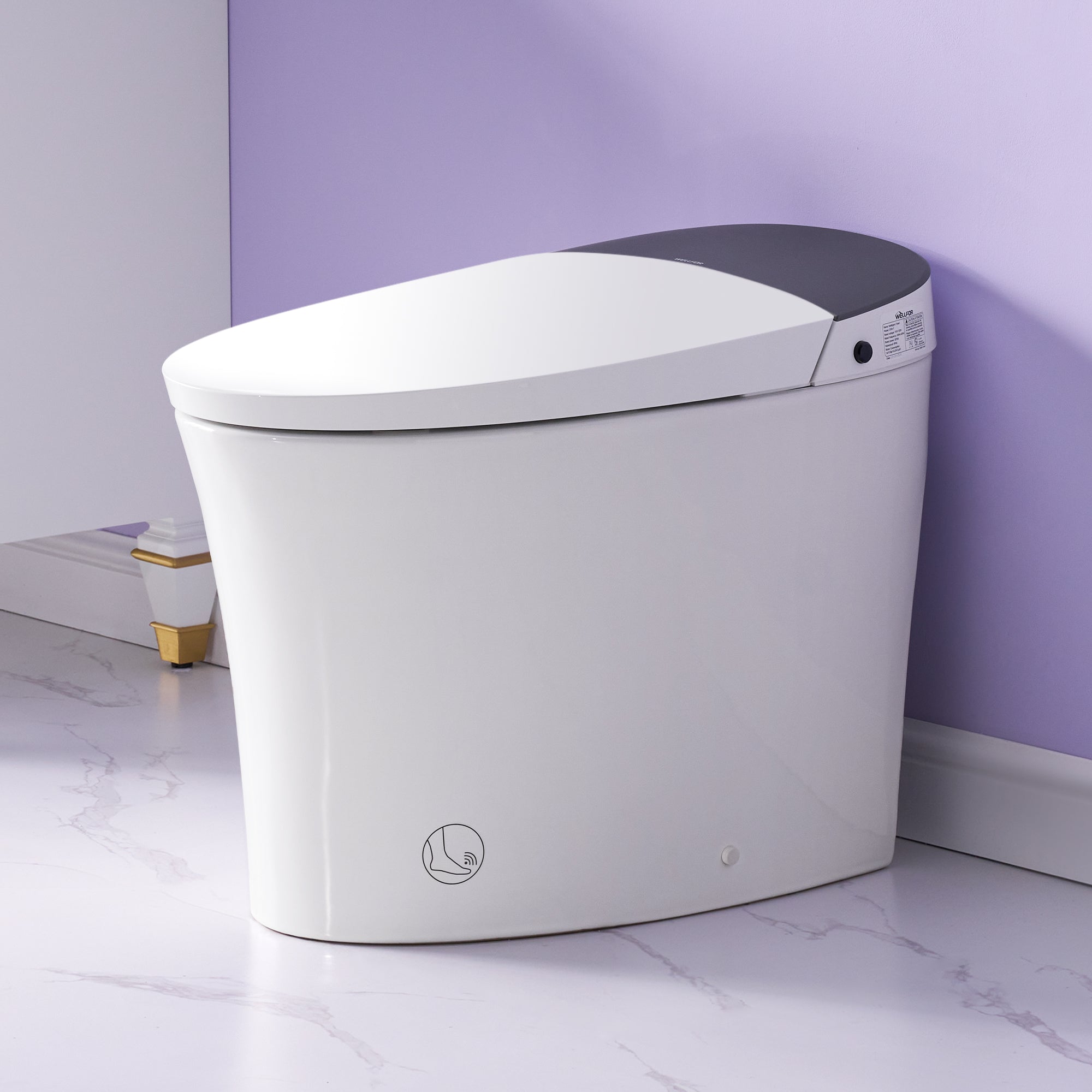
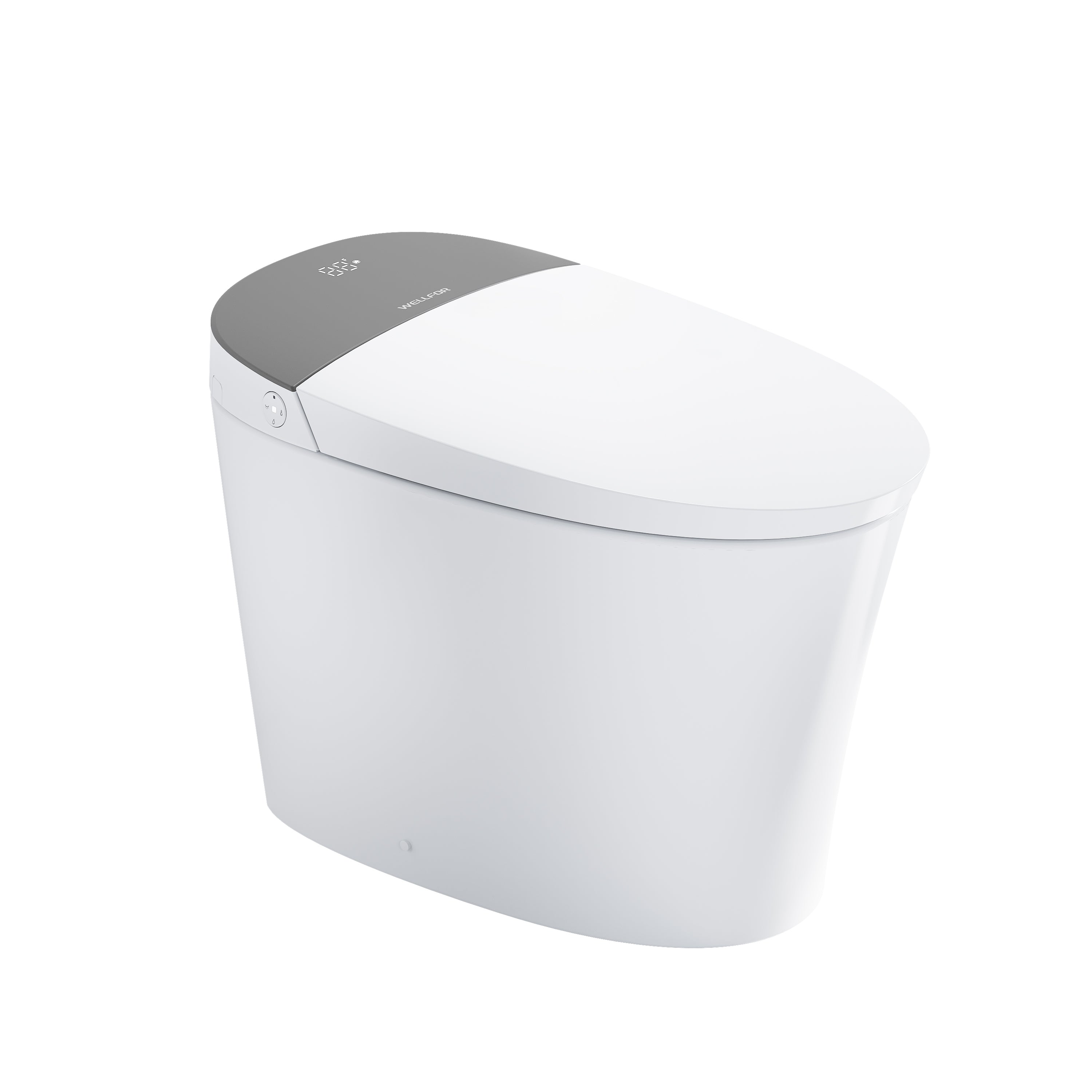

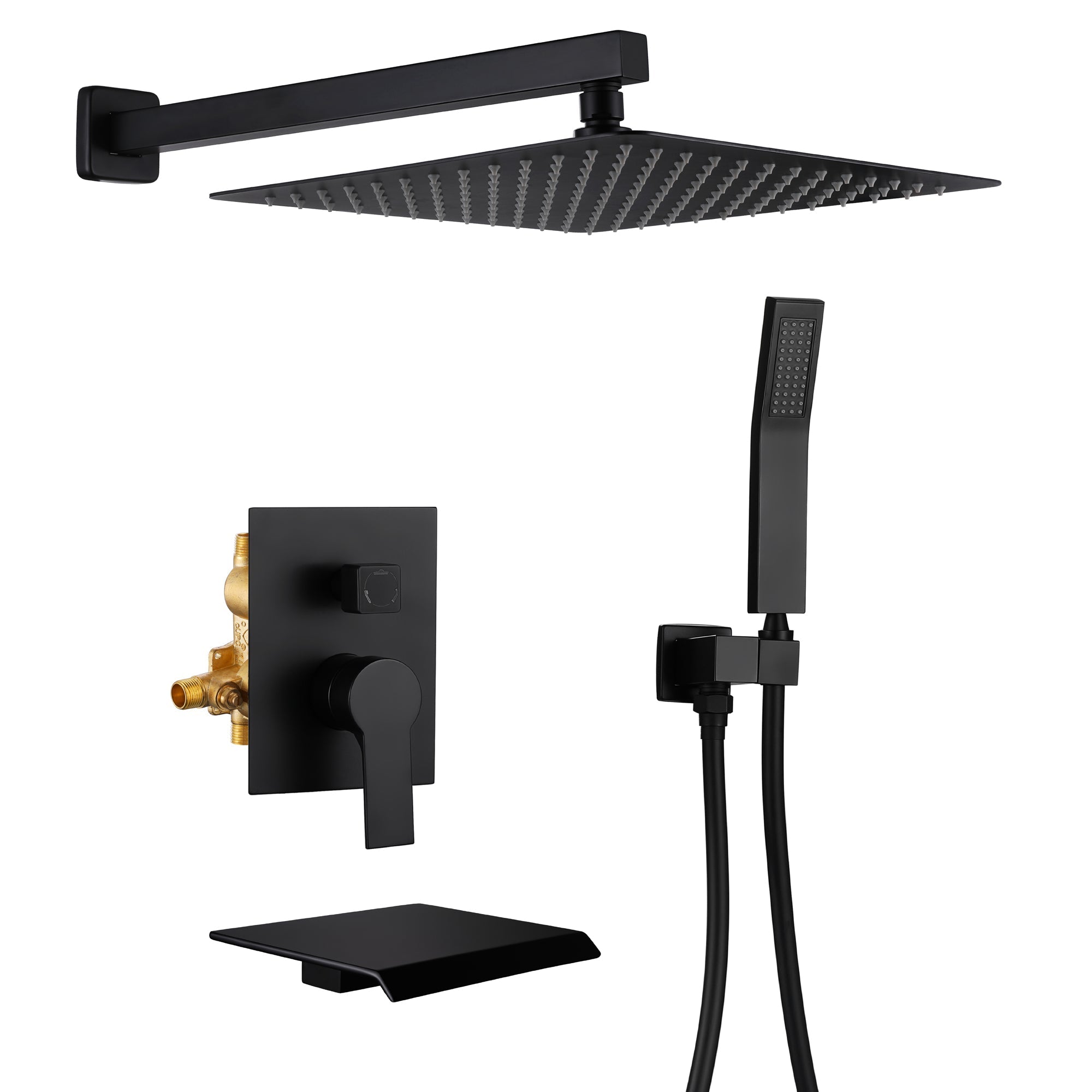
Leave a comment
This site is protected by hCaptcha and the hCaptcha Privacy Policy and Terms of Service apply.